A Cultural Glimpse in Taipei
By Kirk Ke Wang
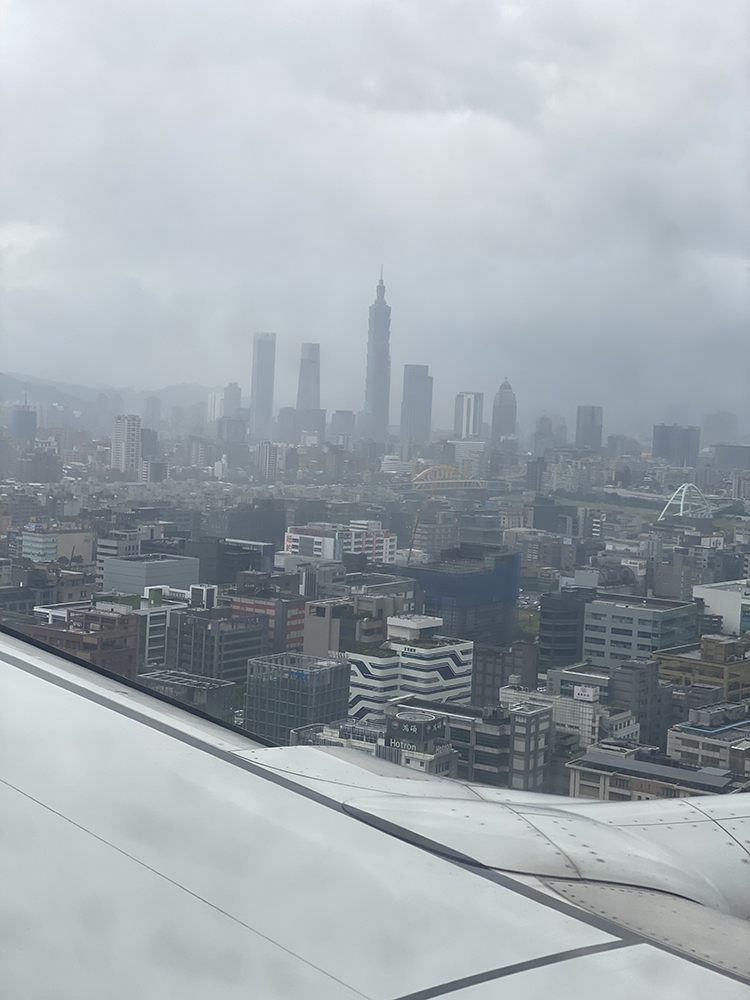 After the Chinese civil war by the end of 1949, half of my family stayed in Shanghai to maintain the family business, and the other half went to Taiwan, led by my first uncle who was an air force officer for the Nationalists. Years past while my father’s generation gradually passing, I still have an aunty, an uncle, and many cousins in Taiwan. No matter what the politicians on both sides bickering about, Taiwan is always in my heart and concerns.
After the Chinese civil war by the end of 1949, half of my family stayed in Shanghai to maintain the family business, and the other half went to Taiwan, led by my first uncle who was an air force officer for the Nationalists. Years past while my father’s generation gradually passing, I still have an aunty, an uncle, and many cousins in Taiwan. No matter what the politicians on both sides bickering about, Taiwan is always in my heart and concerns.
In these few years, tension between Taiwan Strait has been escalating. The threat of war is looming upon horizon, which would be a disaster for families on both sides. Before it’s too late, this summer, my wife and I went to Taipei, Taiwan.
Taipei is a city of subtlety and humbleness, yet culturally abundant. We enjoyed wondering around the neighborhood, savoring steamed rice rolls with freshly squeezed tea, watching occasional summer drizzles under the roof of a pavilion in a street park. Unlike the hassling bustling of Shanghai or New York, Taipei preserved the traditional Chinese virtue, cordial, courteous, modest, temperate, and complaisant.
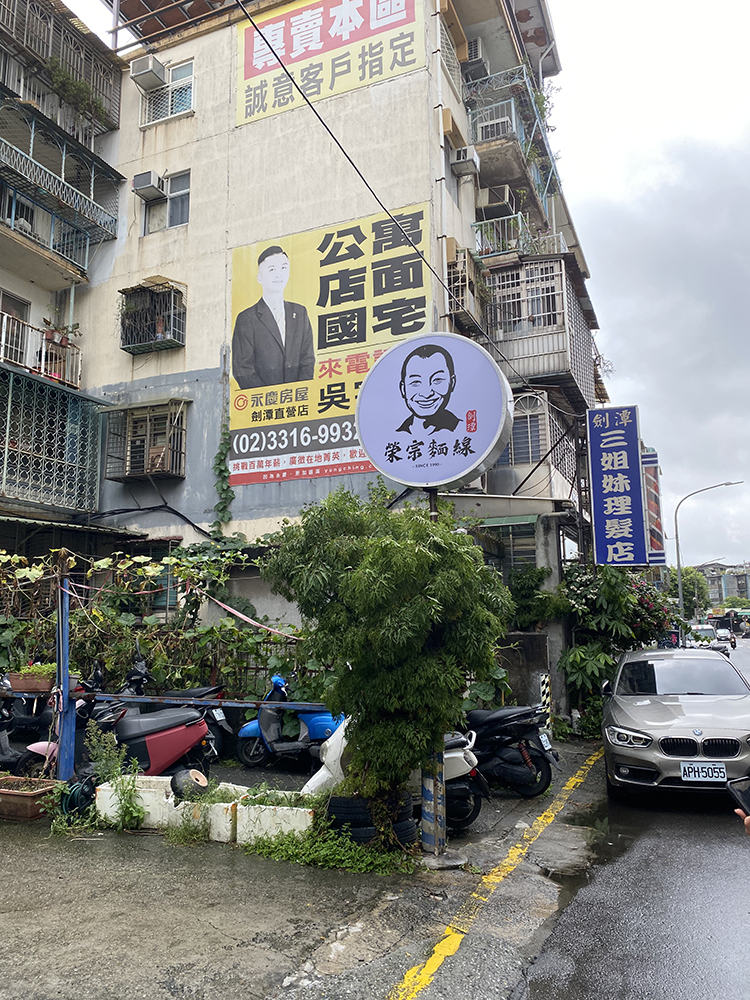 |
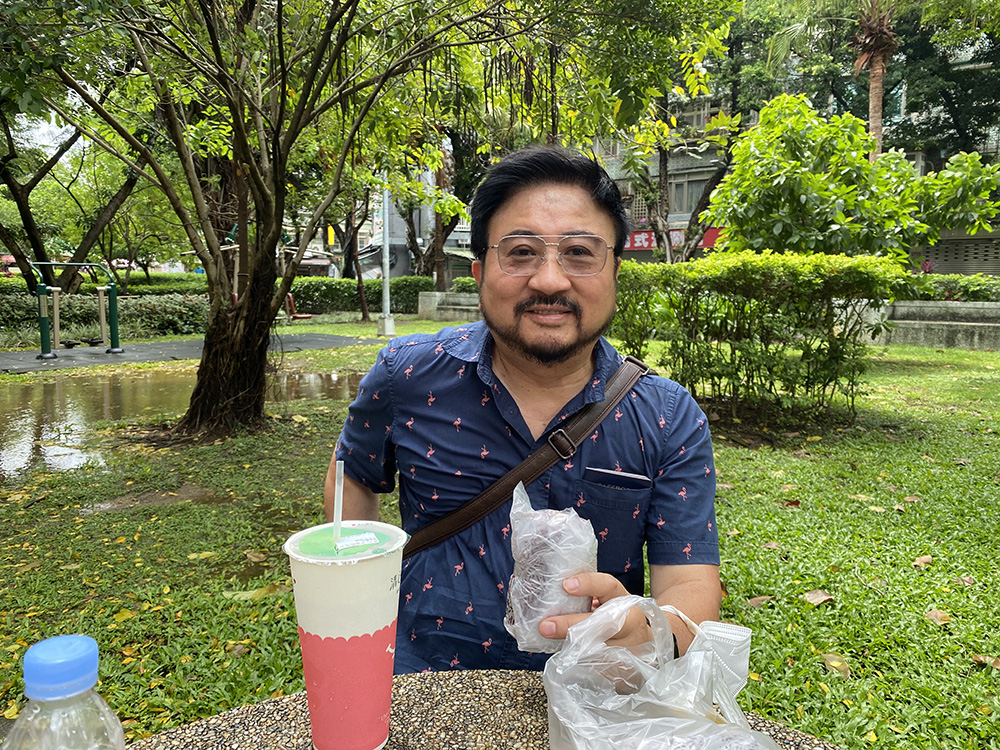 |
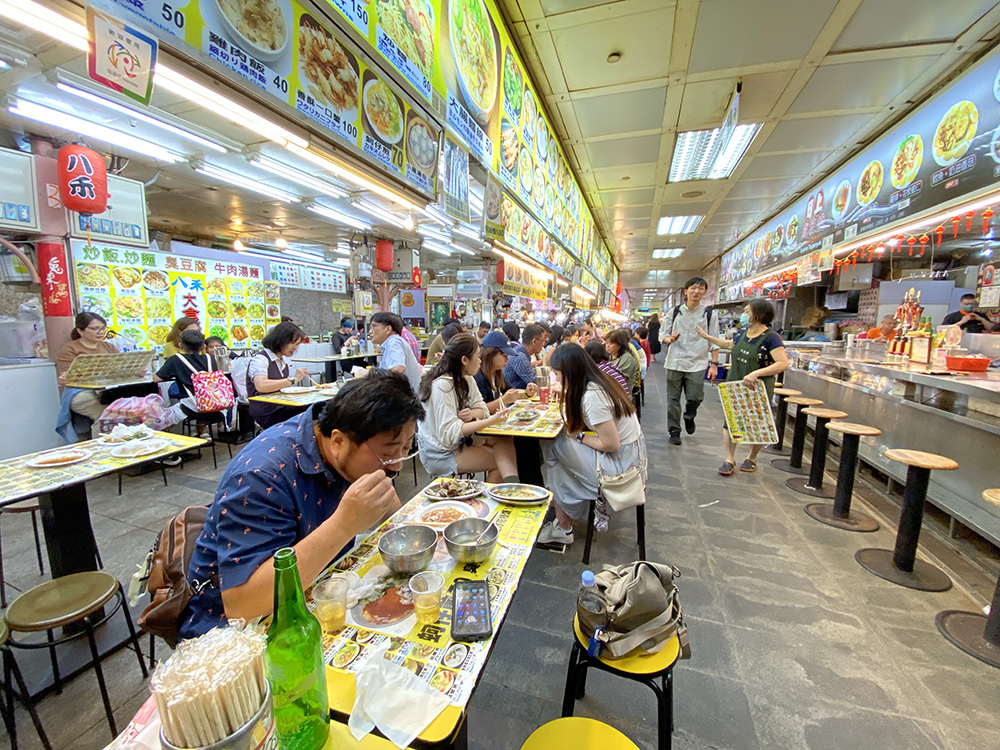 |
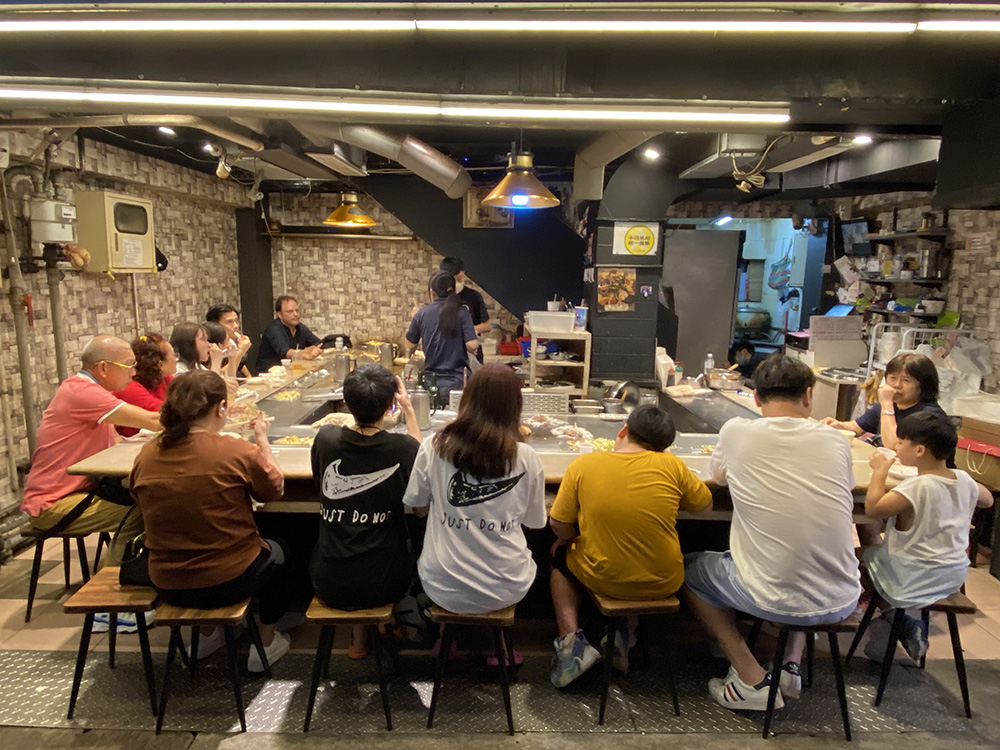 |
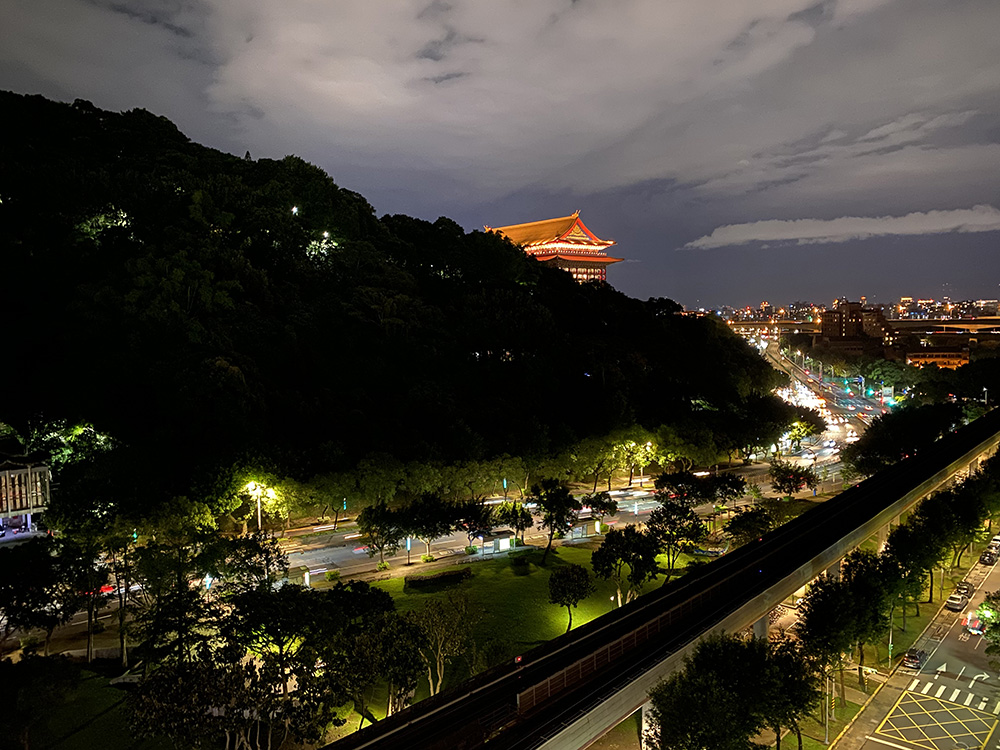
As usual, we offered our prayers to the Goddess Mazu at the historical Shilin Cixian Temple, where is also known for its many sizzling night markets with unfathomably delicious food courts. After satisfying dinners, we dipped into the hot spring pools in Baitou district. Loving hot spring bath is a culture prolonged from the period of the Japanese occupation between the first Sino-Japanese war in 1895 and the end of WWII. In the evening, we went to the National Theater for a comical musical, laughing at the act of internet bullying on social media in Taiwan.
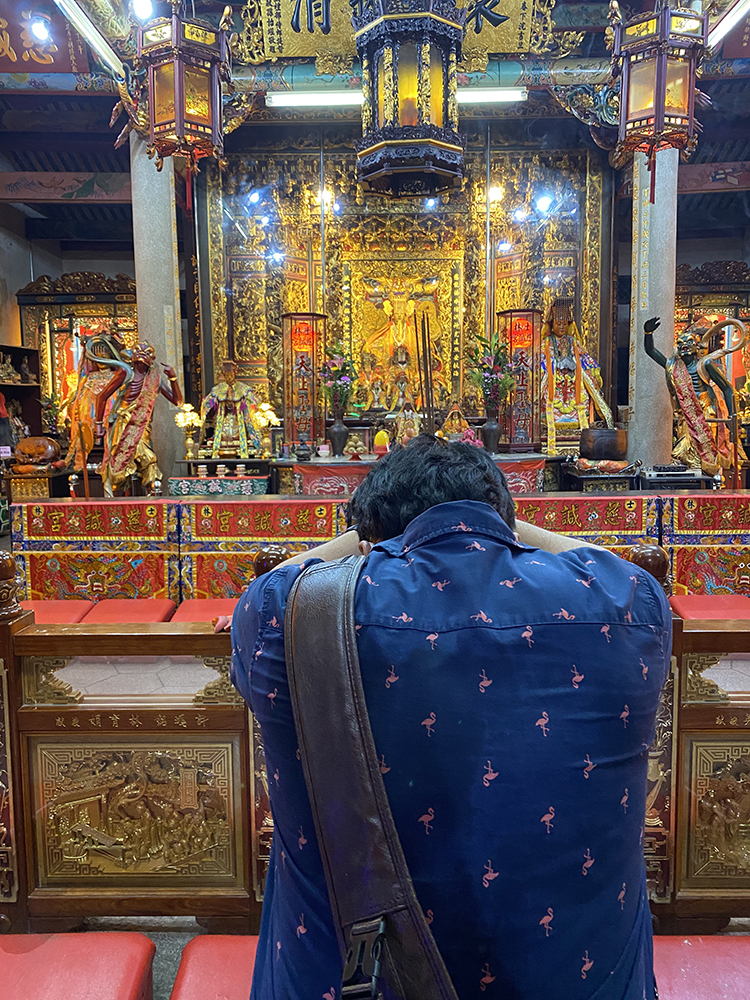 |
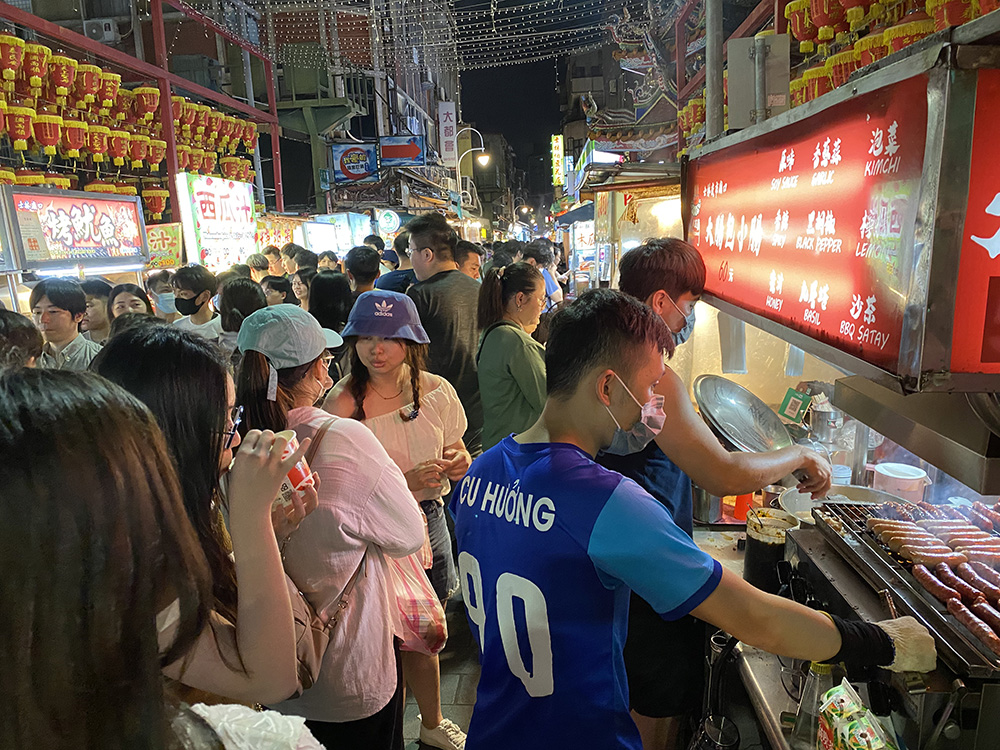 |
 |
 |
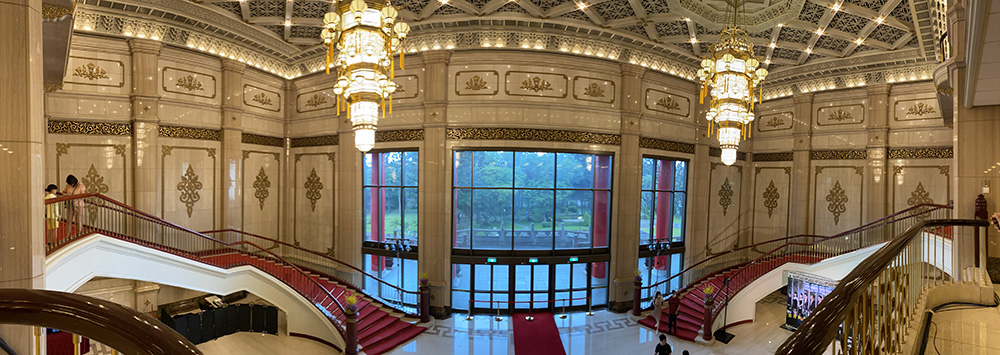 |
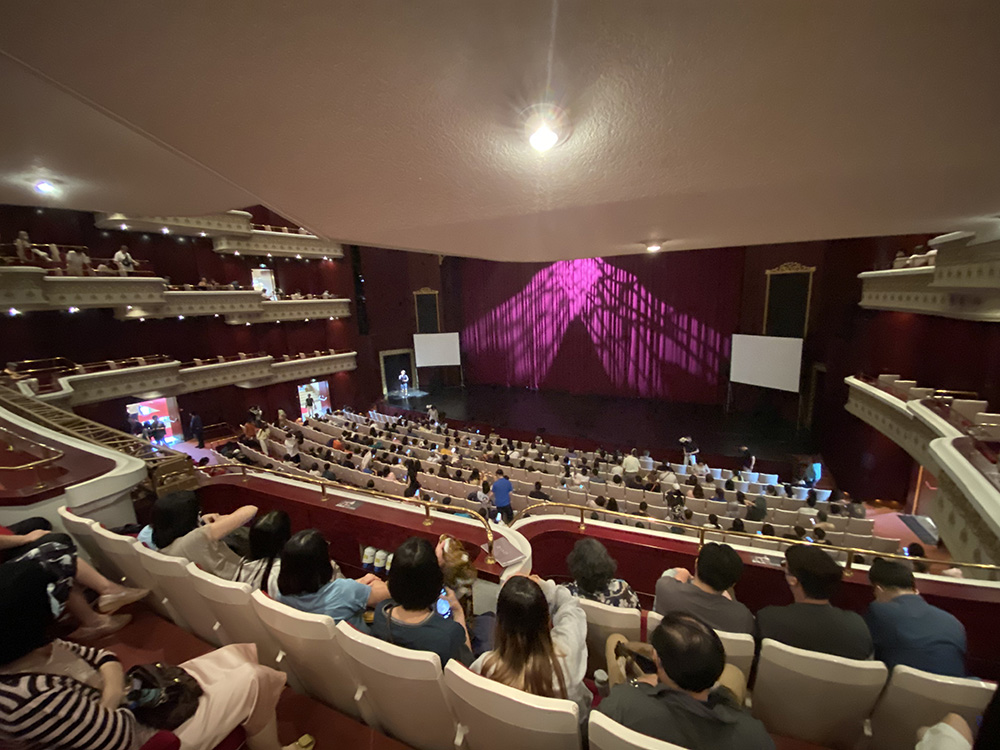 |
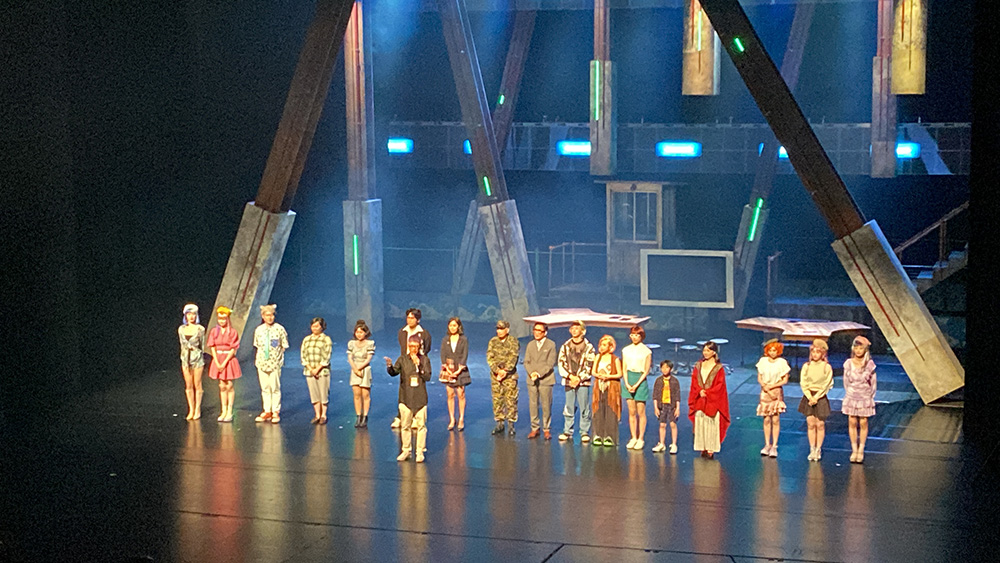 |
Like going to the Met every time we are in NYC, we must pay a visit to Taipei’s National Palace Museum, where homes the best quality collections of national treasures, art and artifacts from China that were brought to Taiwan by the Nationalist government after the defeat of civil war.
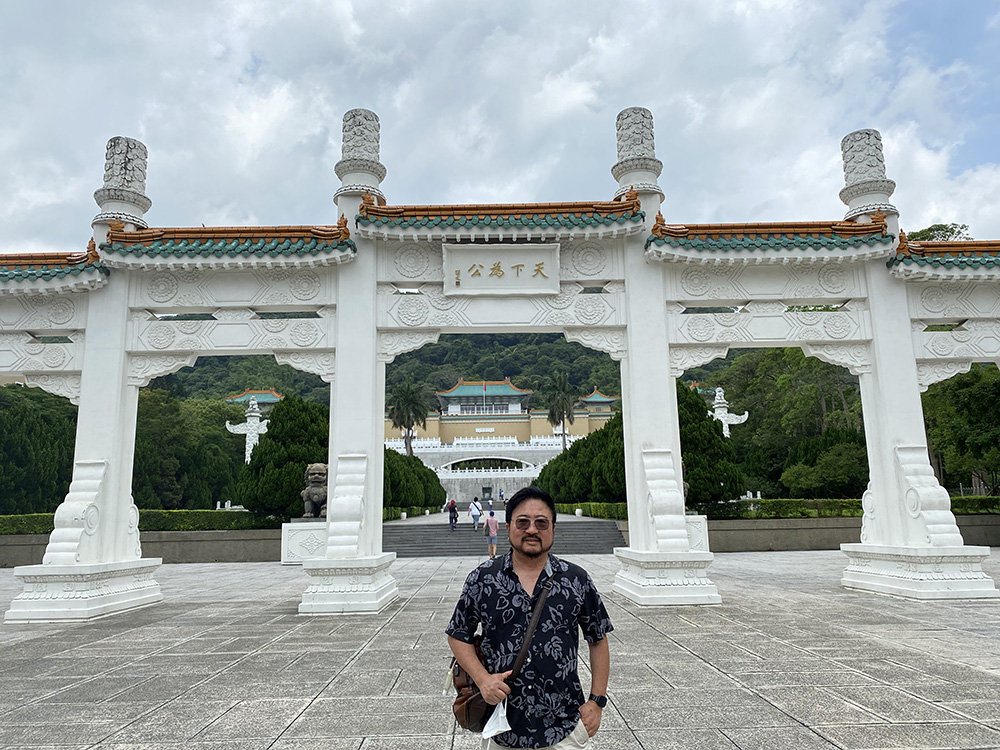 |
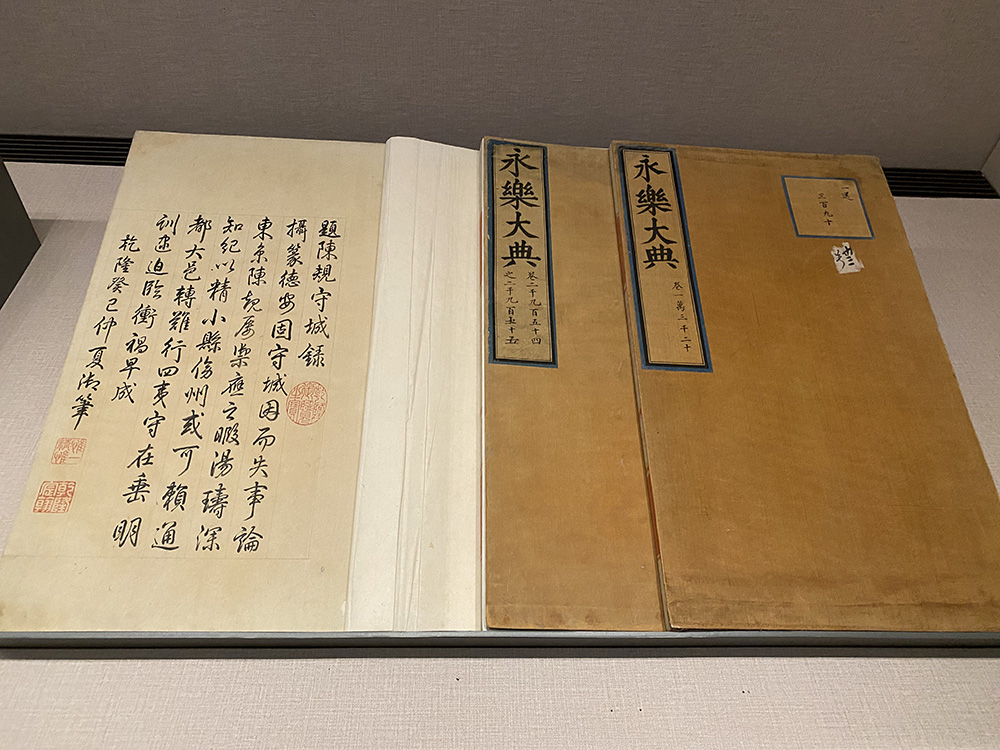 |
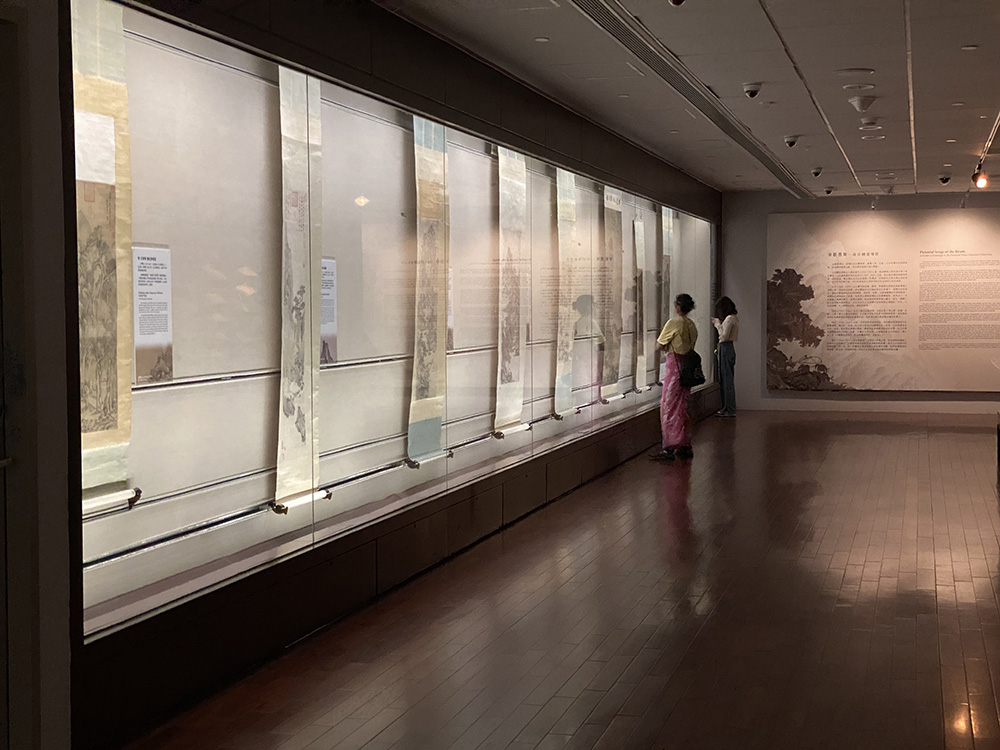 |
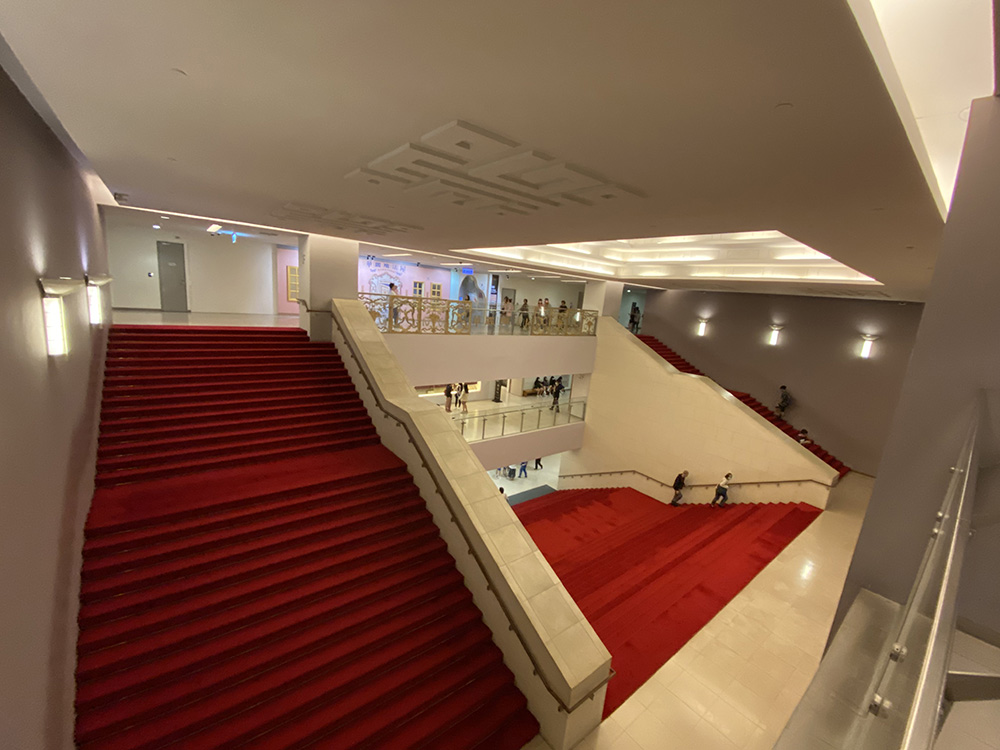 |
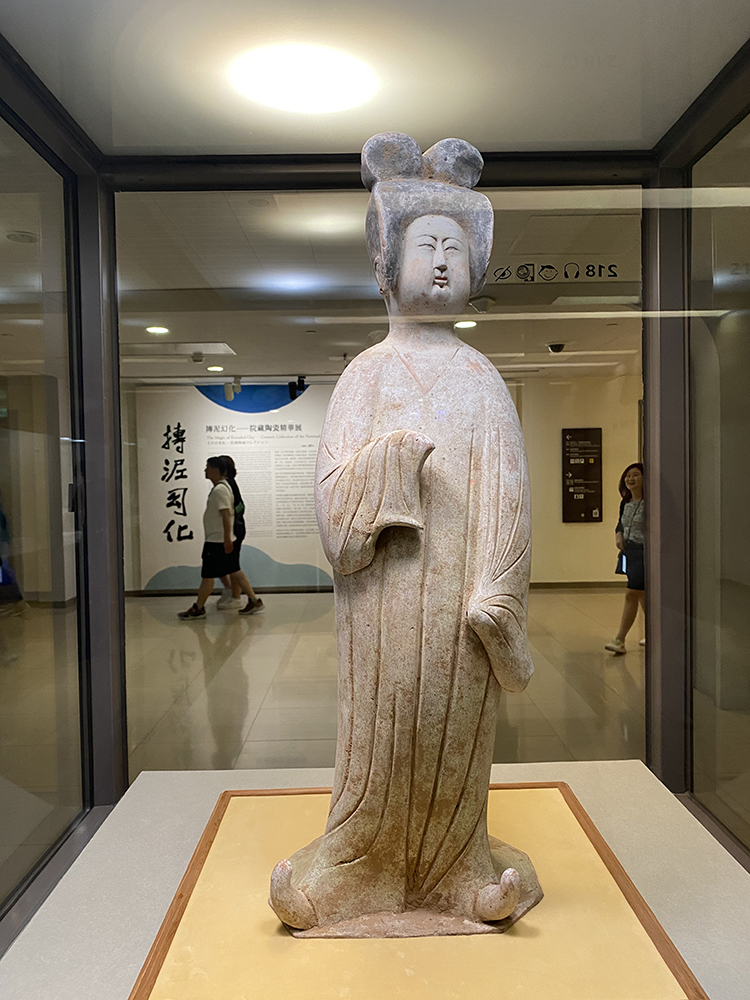 |
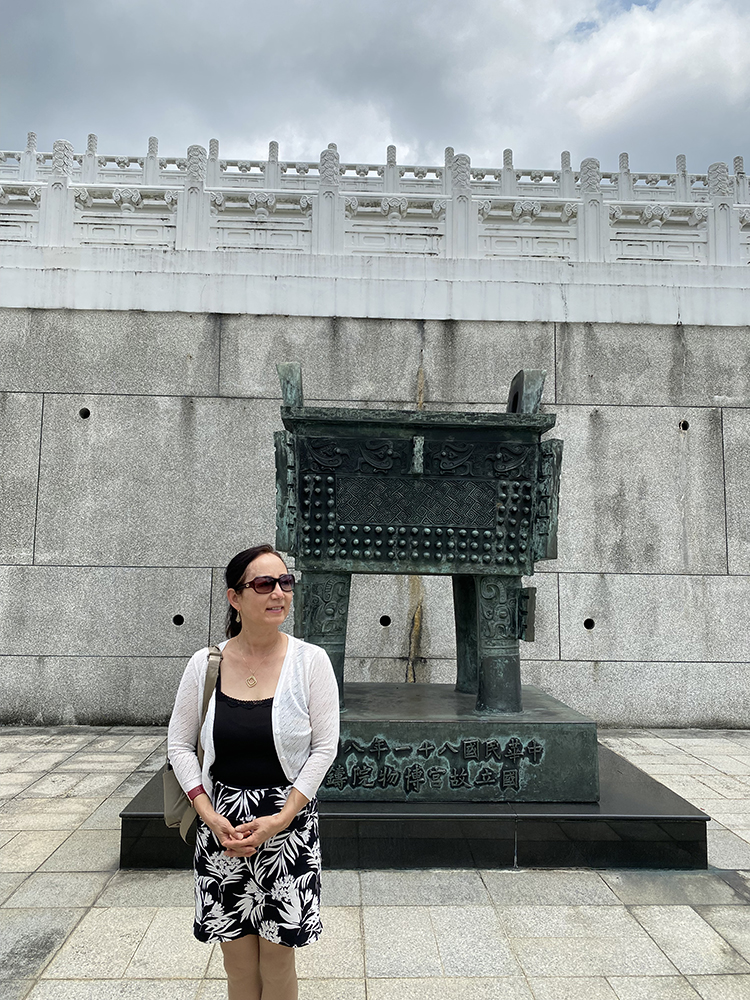 |
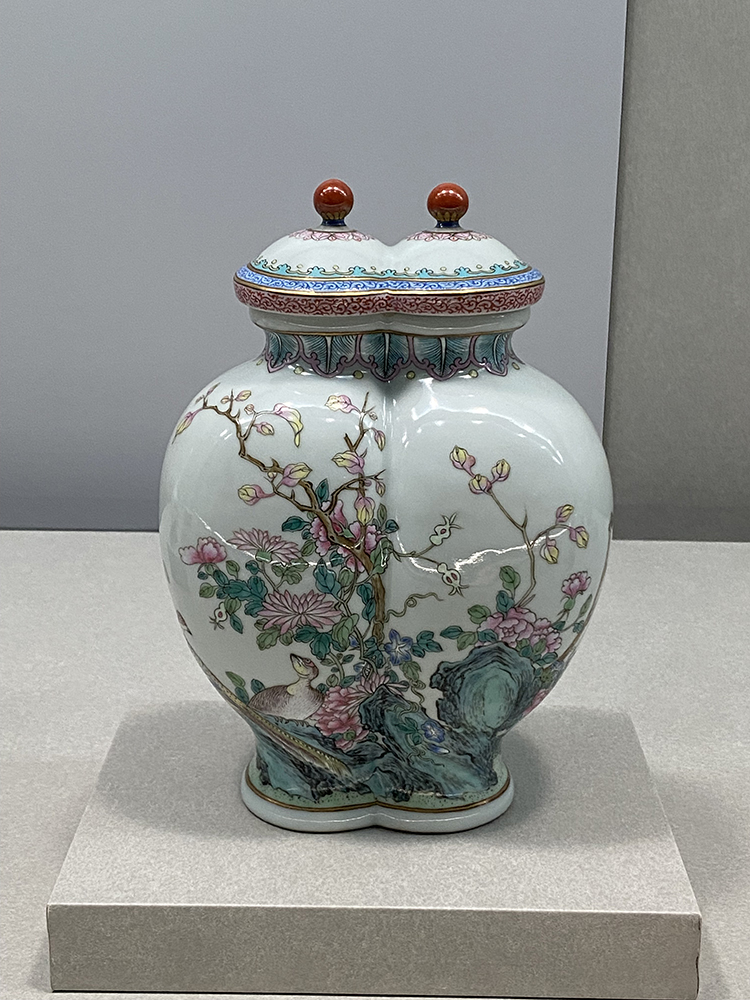 |
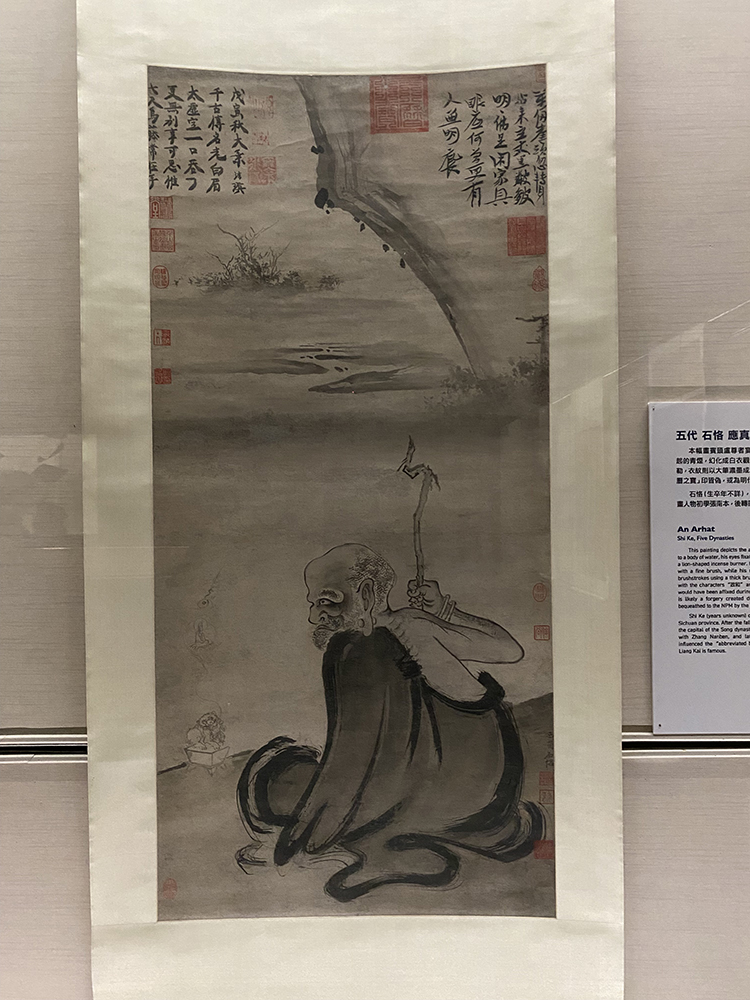 |
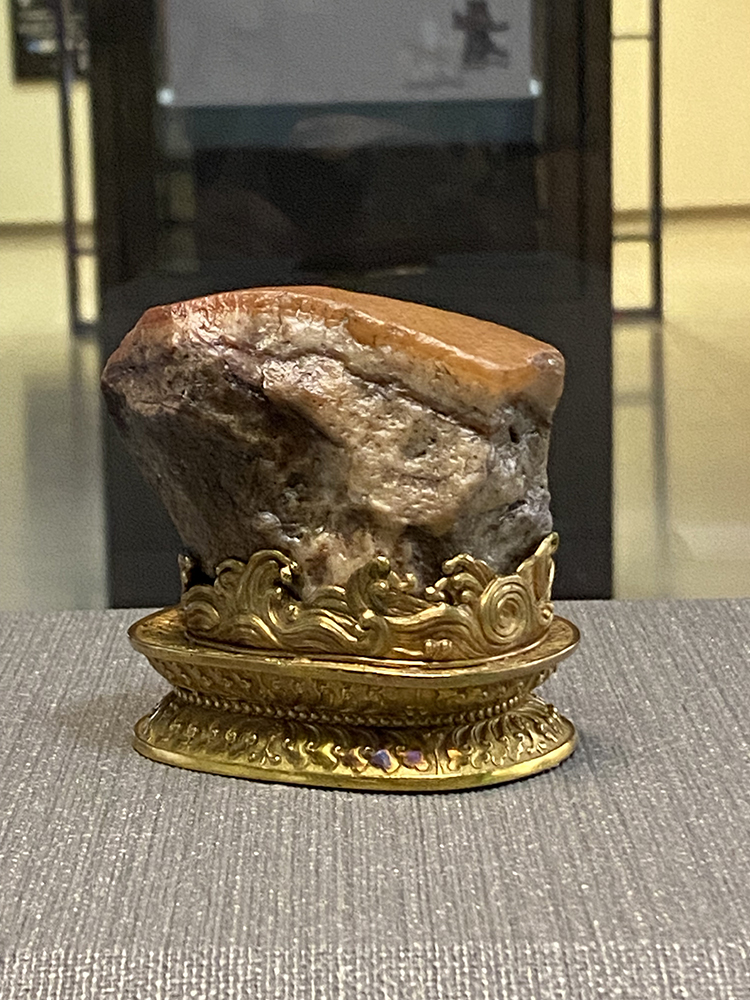 |
 |
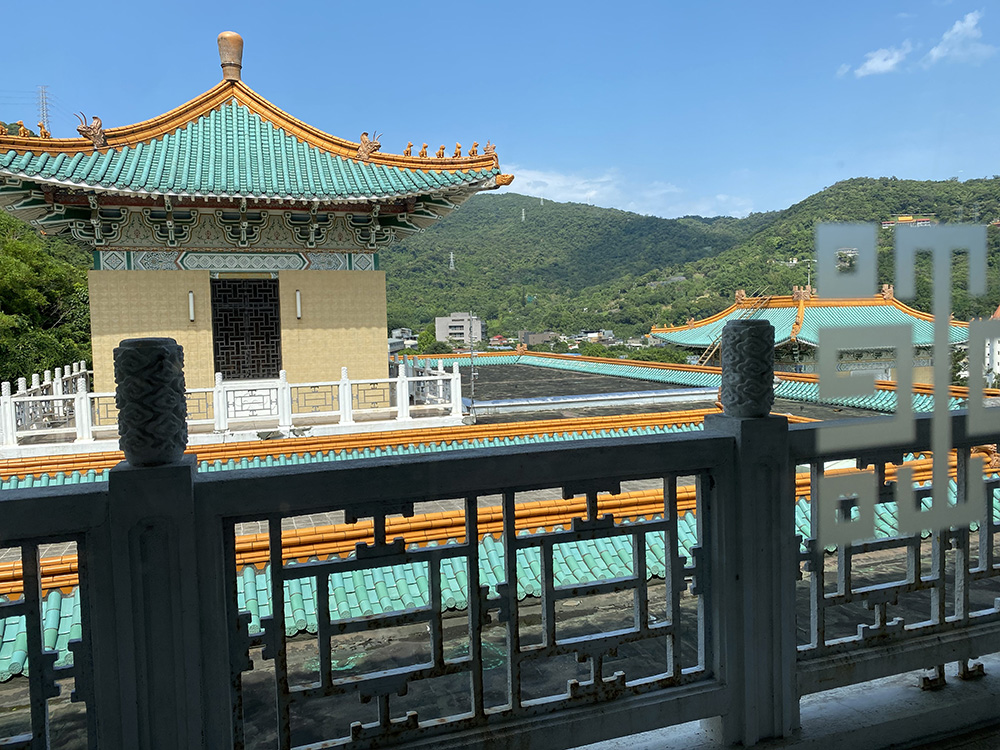 |
As a college professor, I am always interested in the works by students and faculty from other institutions. We viewed the BFA graduation exhibition of the Taipei Normal University and a retrospective exhibition of Mr. Fung Nan-Su, the Dean of the Fine Art School of Taipei University, at the National Gallery of Dr. Sun Yat-sen Memorial Hall, where I also showed my work for an international exhibition of works on paper in 2011.
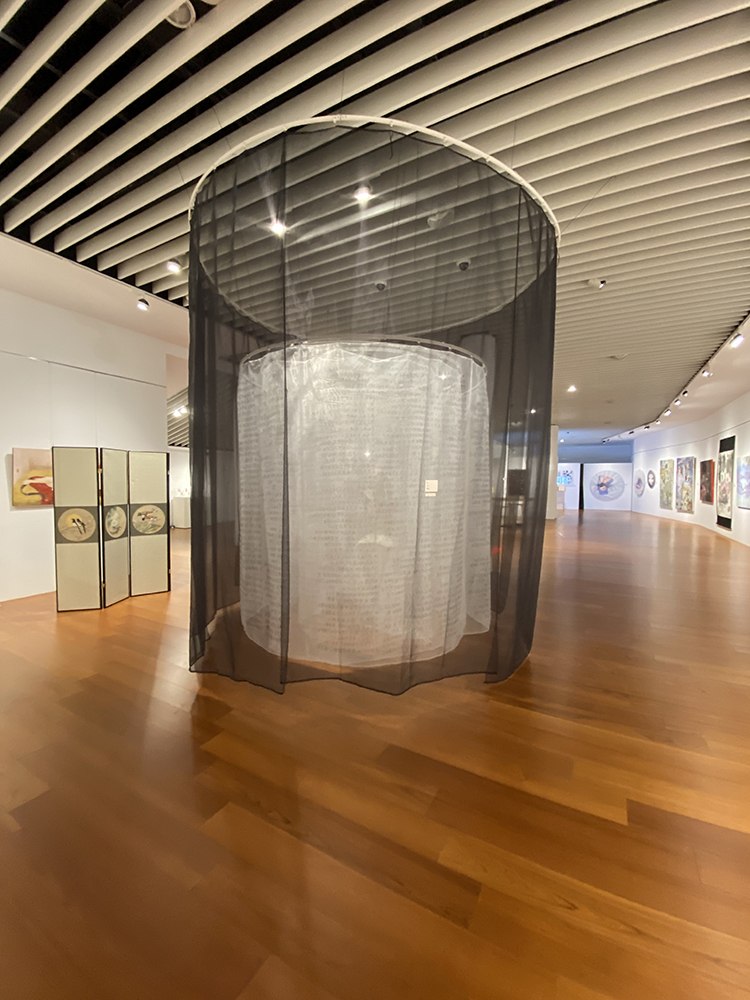 |
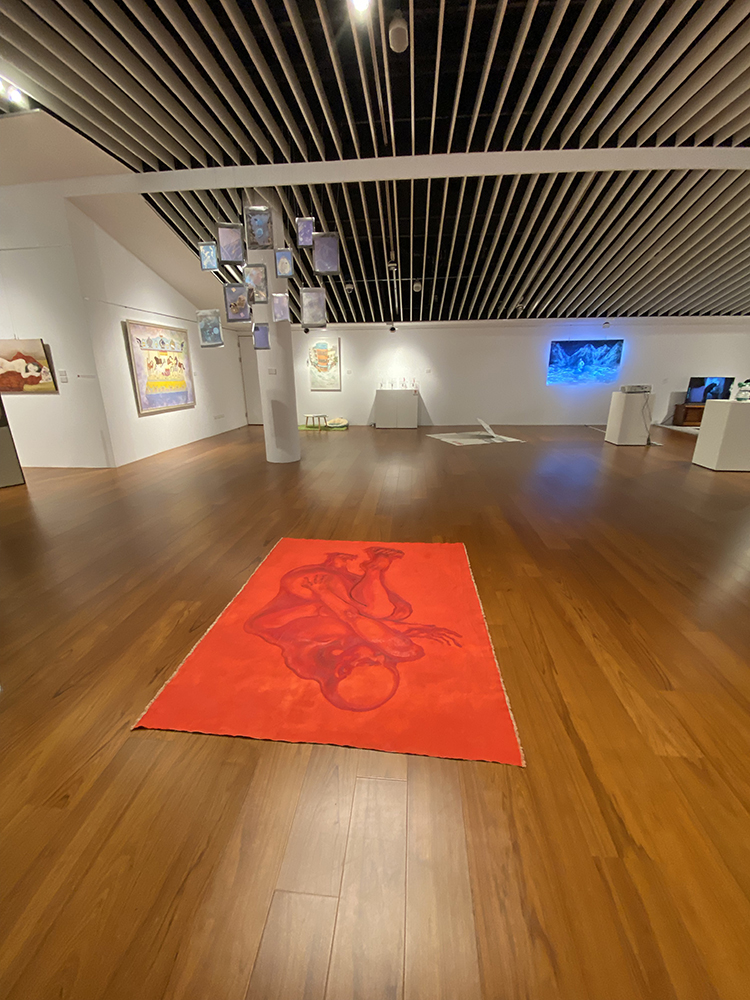 |
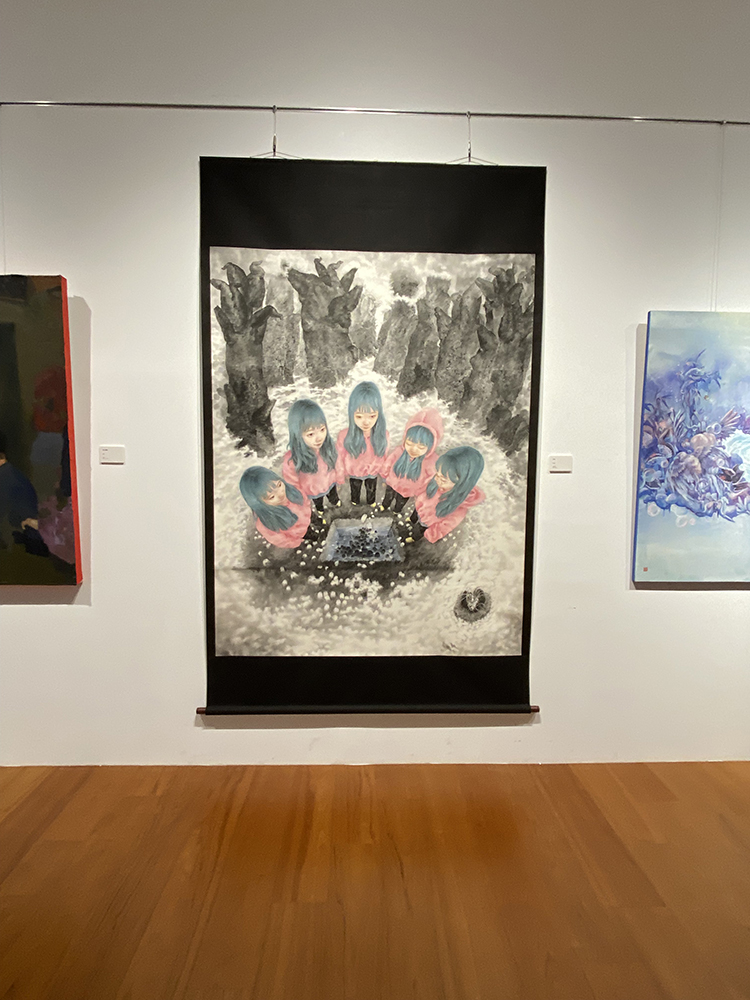 |
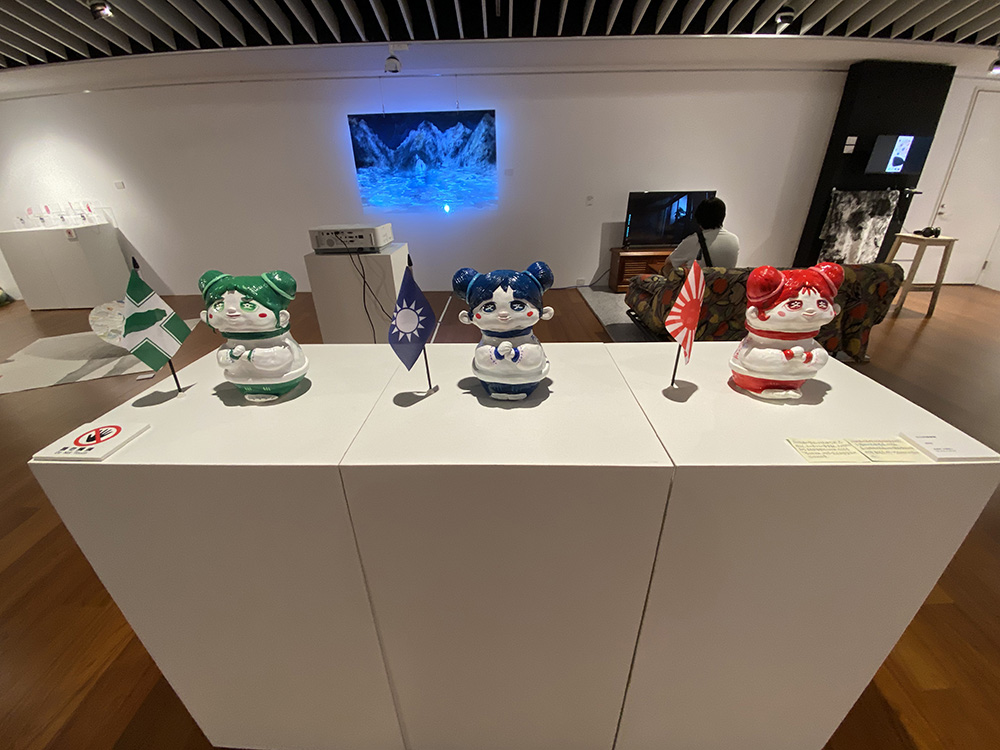 |
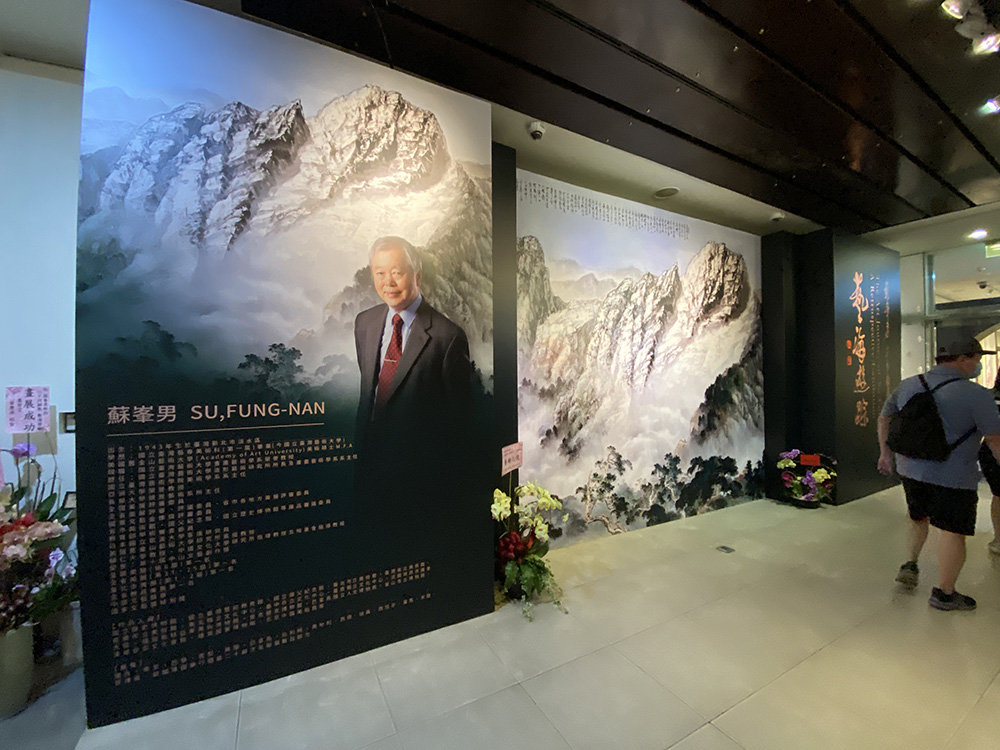 |
 |

One of the measures of the current development of a society is what’s showing in its contemporary art museums, besides the classics. Taipei Fine Arts Museum was on our must-see list.
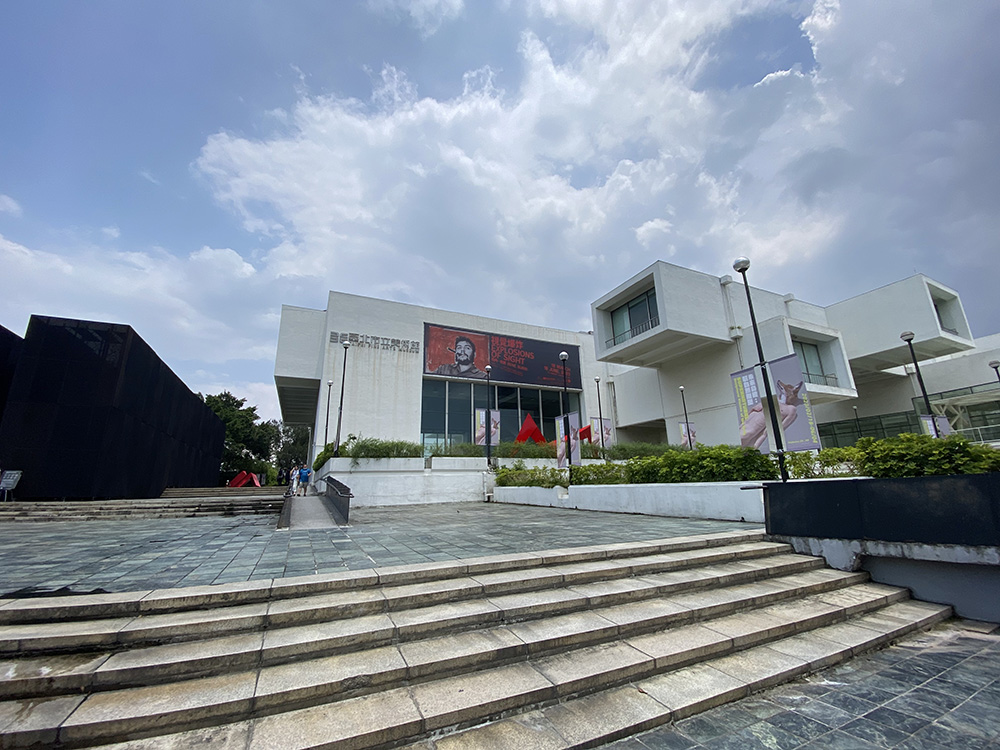
I’ve known this museum for a long time, and I was particularly impressed by the museum’s presentation on behalf of Taiwan for the 2019’s Venice Biennale. Despite Taiwan’s pavilion was outside of the main venues of the Biennale, the depth and thoughtfulness of the presentation by the museum was equally profound, if not more, as the China’s pavilion at the Arsenal venue, in my opinion.

The architecture of the Taipei Fine Arts Museum is spacious, modern and eco-friendly. The general admission is $1 USD (30 NDT) per person, and $0.50 USD for students and Taipei residents. It’s quite reasonable for a country with an average annual individual income of $23,000. One thing standing out is that most of the visitors are young people, instead of many senior citizens as in American museums.
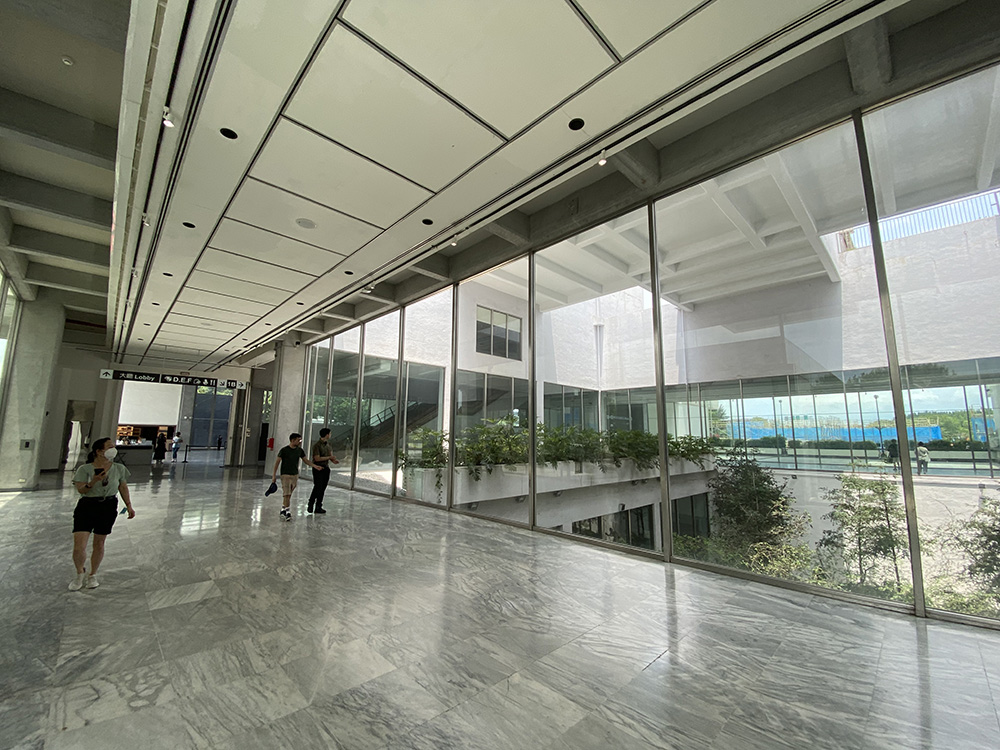 |
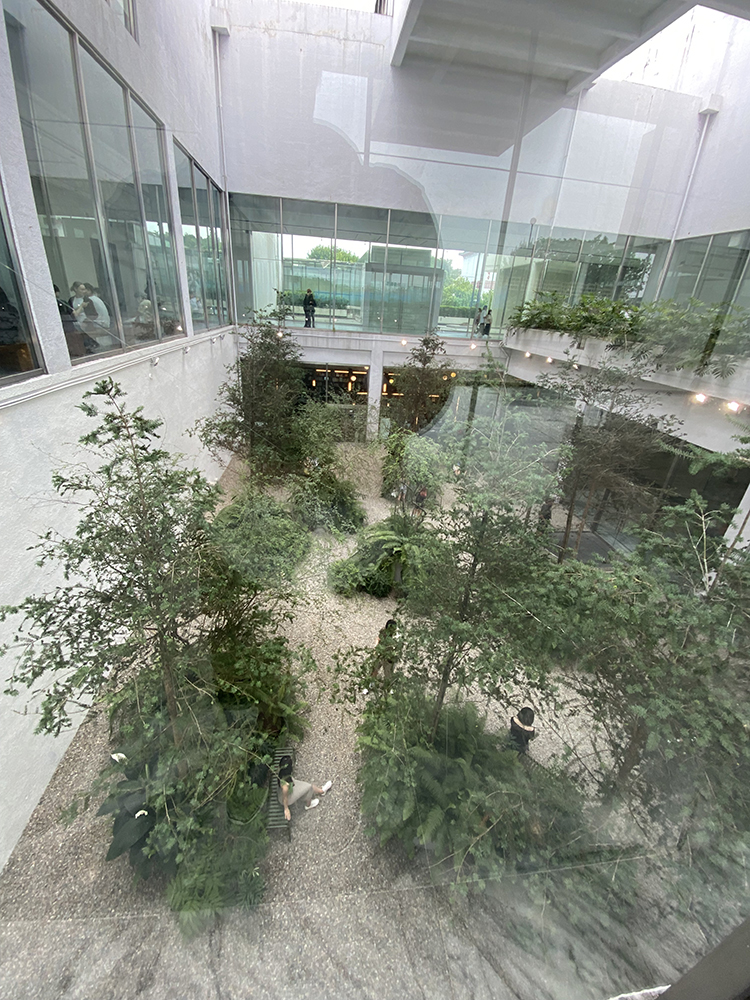 |
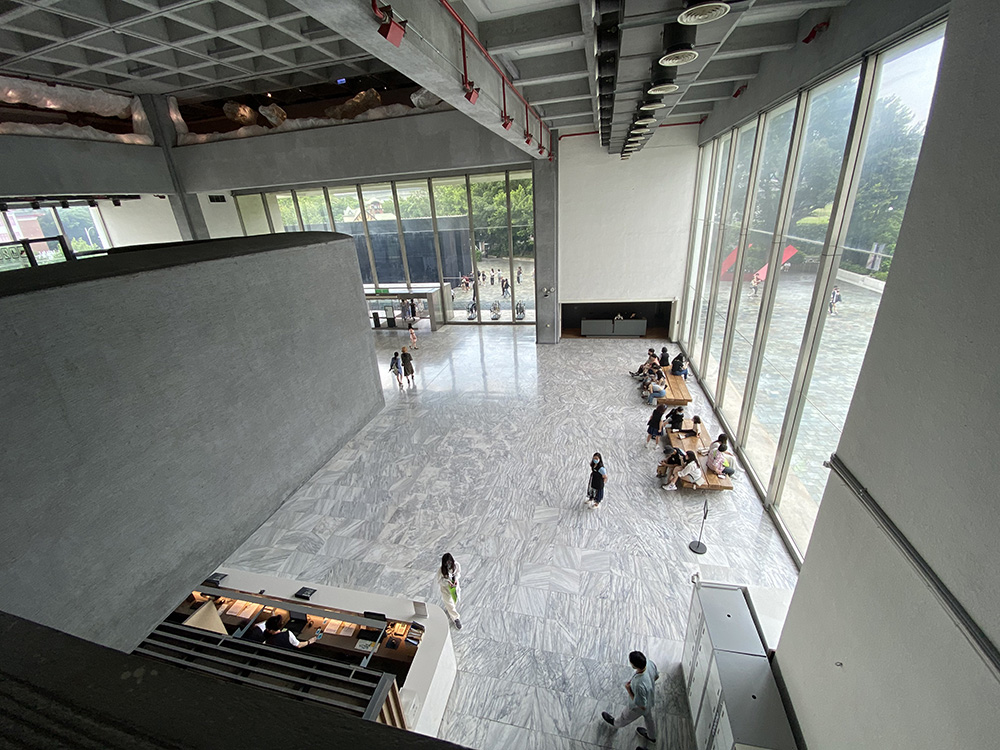 |
Four exhibitions were on view occupying 3 floors of the museum.
On the first floor, we encountered a retrospective exhibition titled “Re-Present: Kao Chung-Li”, by the named multi-media-social-political artist, a Taiwan native.
According to the museum’s description: this exhibition revolves around the history and production relationship between humankind and audiovisual technology. The Chinese title of this exhibition, literally translated as “life determines consciousness,” owes much of its inspiration to the famous quote of historical materialism from Karl Marx. It reflects Kao Chung-Li’s oeuvre that spans 40 years—his critical investigation into industrial temporal objects like photography, cinematography, sculpture, animation, and audiovisual machines, as well as his indefatigable examination of his production conditions.
Kao expresses the historical dialectics between perception and audiovisual technologies. By dint of artistic creation, he engages in media archaeology, investigates the power structures in the history of audiovisual machines, and continues his unswerving pursuit of emancipation within the present system of production. He invents and produces his own audiovisual mechanical devices, and combines them with the images, negatives, and audiovisual industrial apparatus he has collected. His approach reflects the perceptual conditions of the audiovisual on the one hand, and challenges the concepts of audiovisual technology production on the other.
It's an engaging show, witty, dark, humous, poignant, nostalgic, intimate and passionate. The artist is about my generation but lived through a different social/political system. His work resonates to me in terms of dealing with political repressions, family history and human struggles. We are looking at the same tree from opposite sides, familiar yet different.
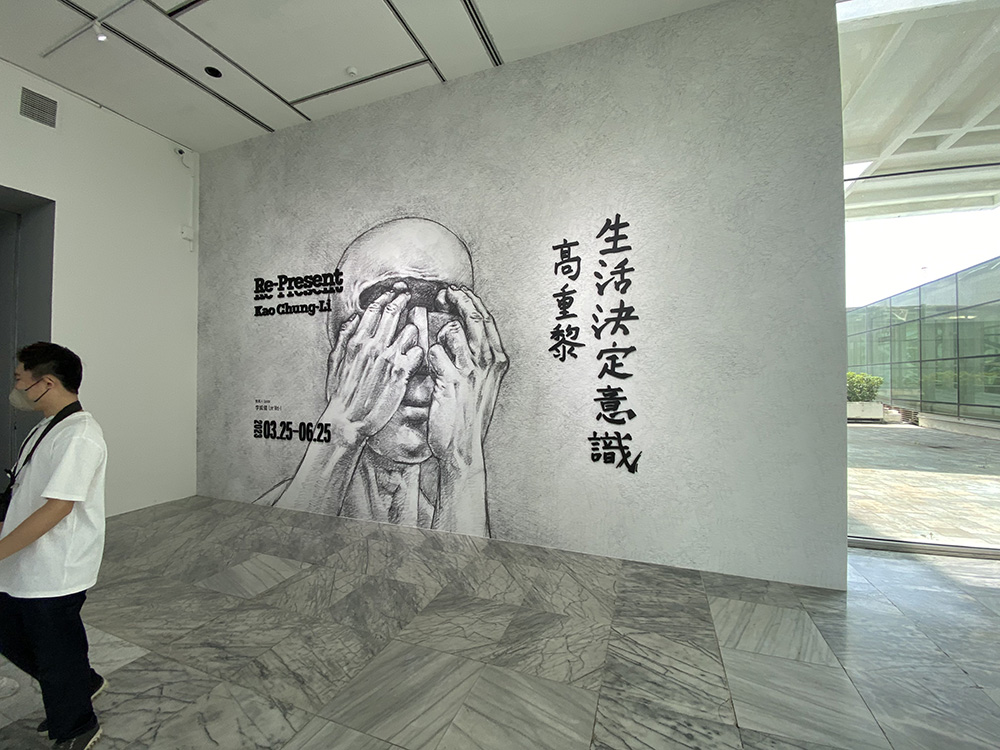 |
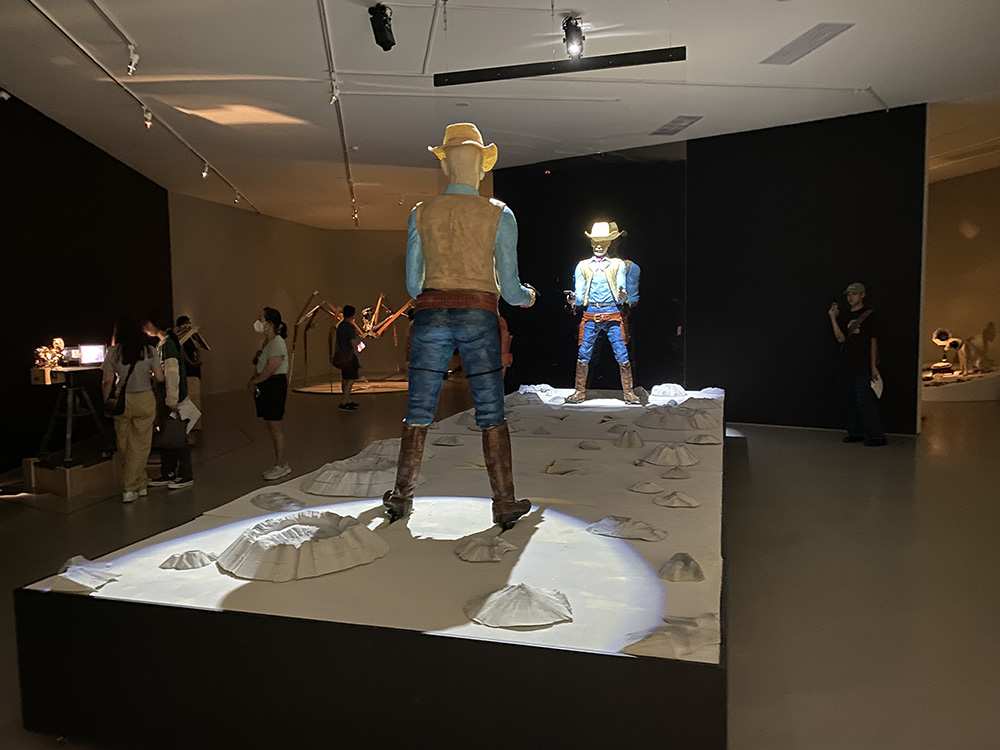 |
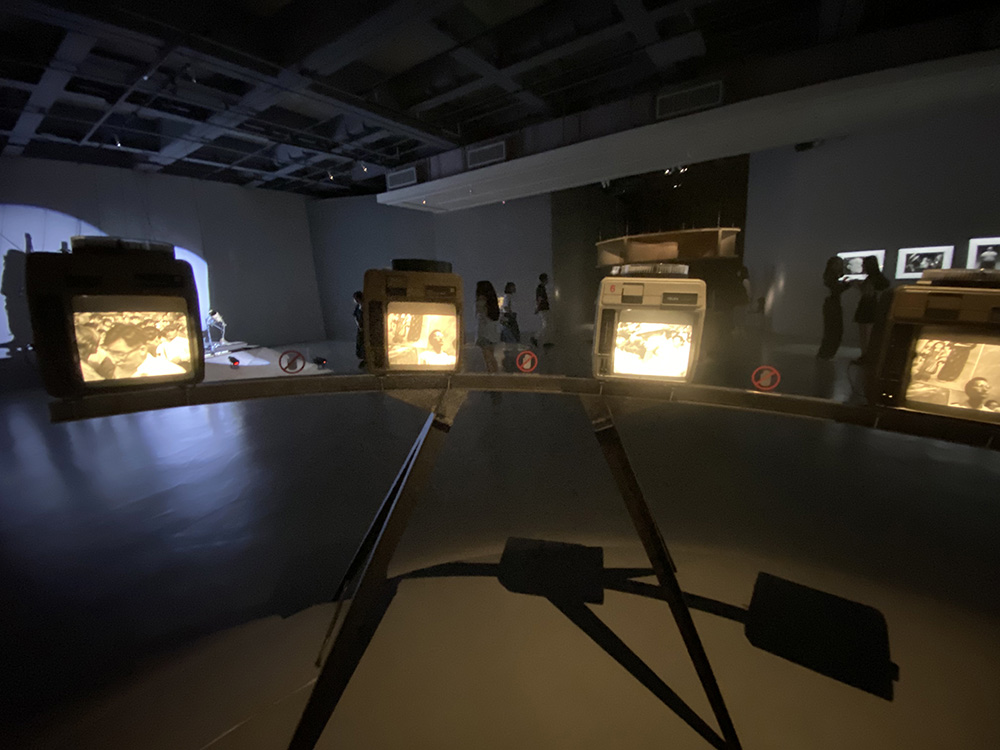 |
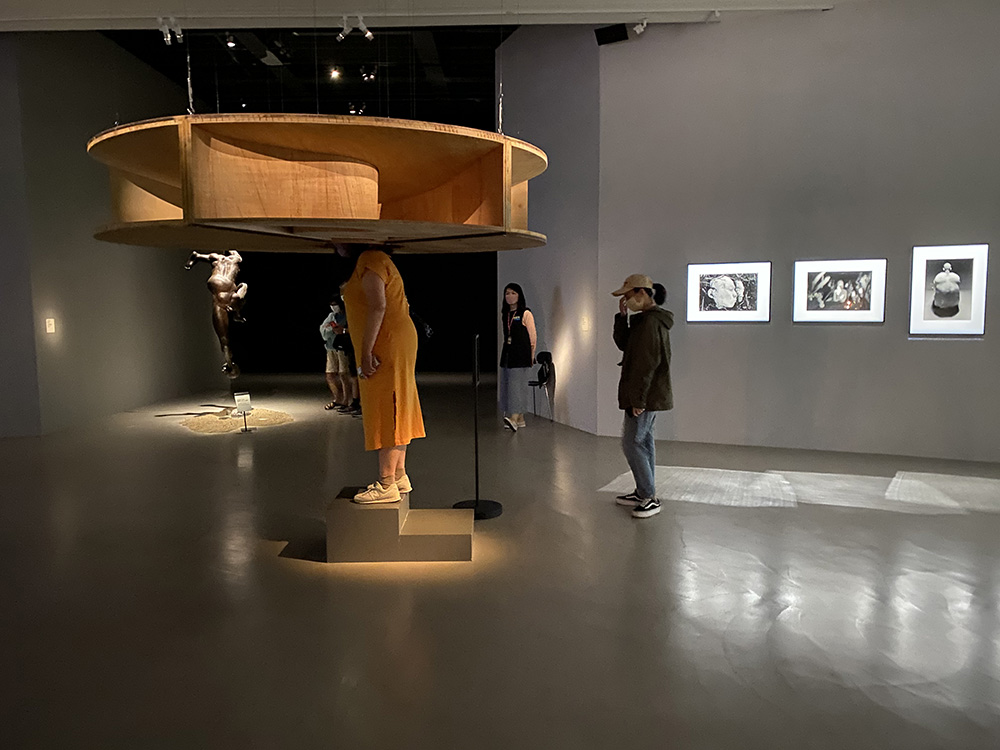 |
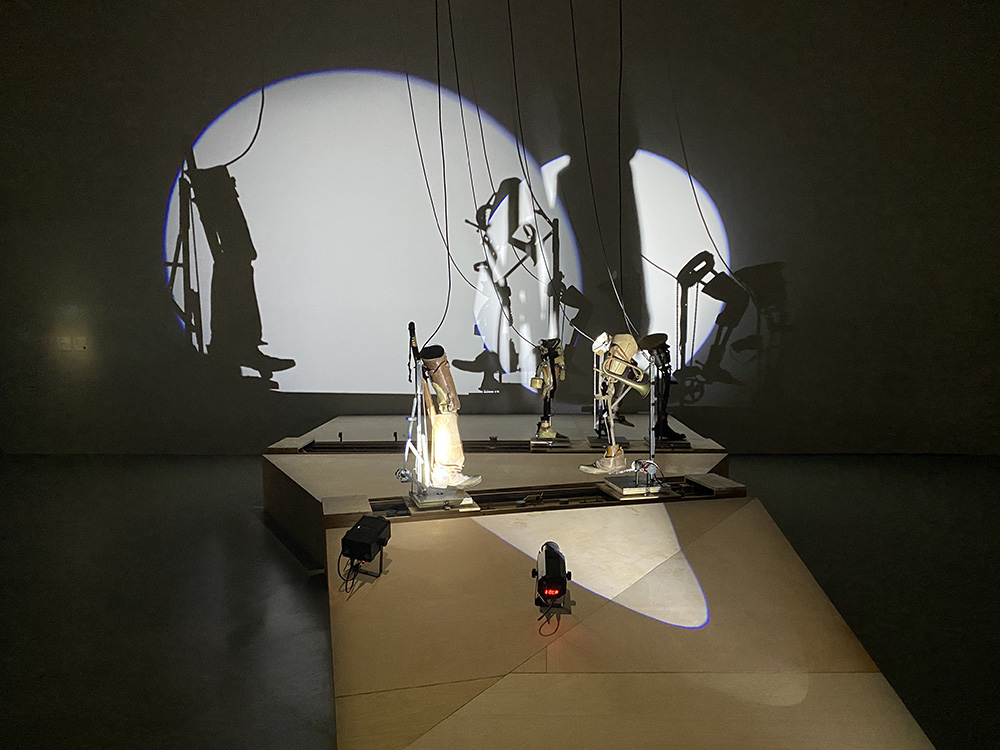 |
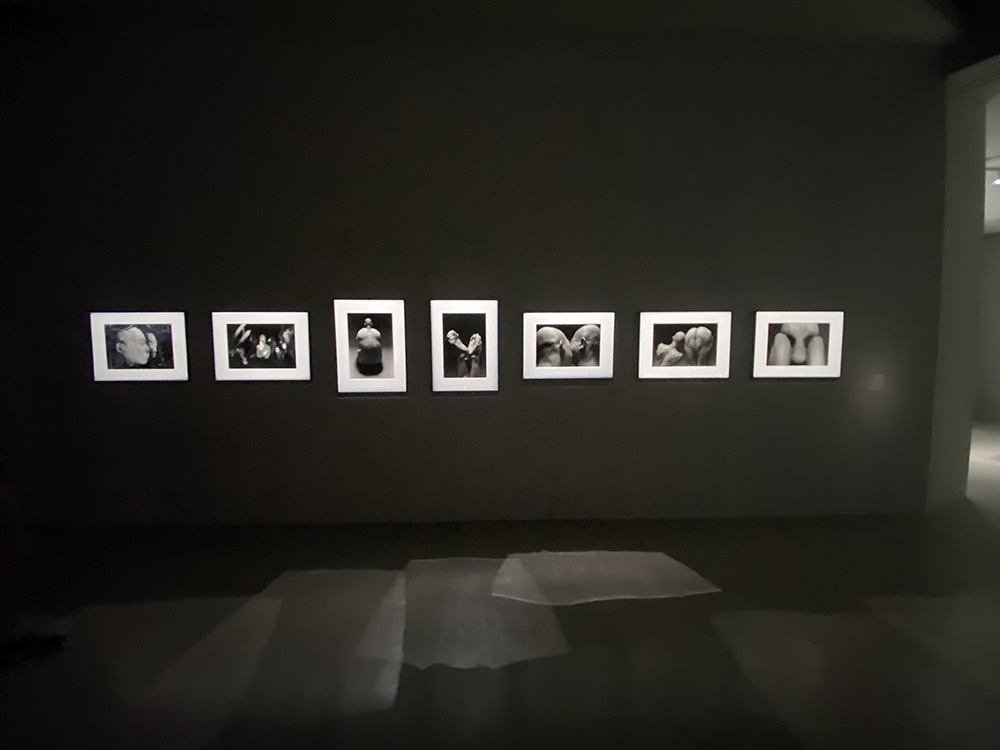 |
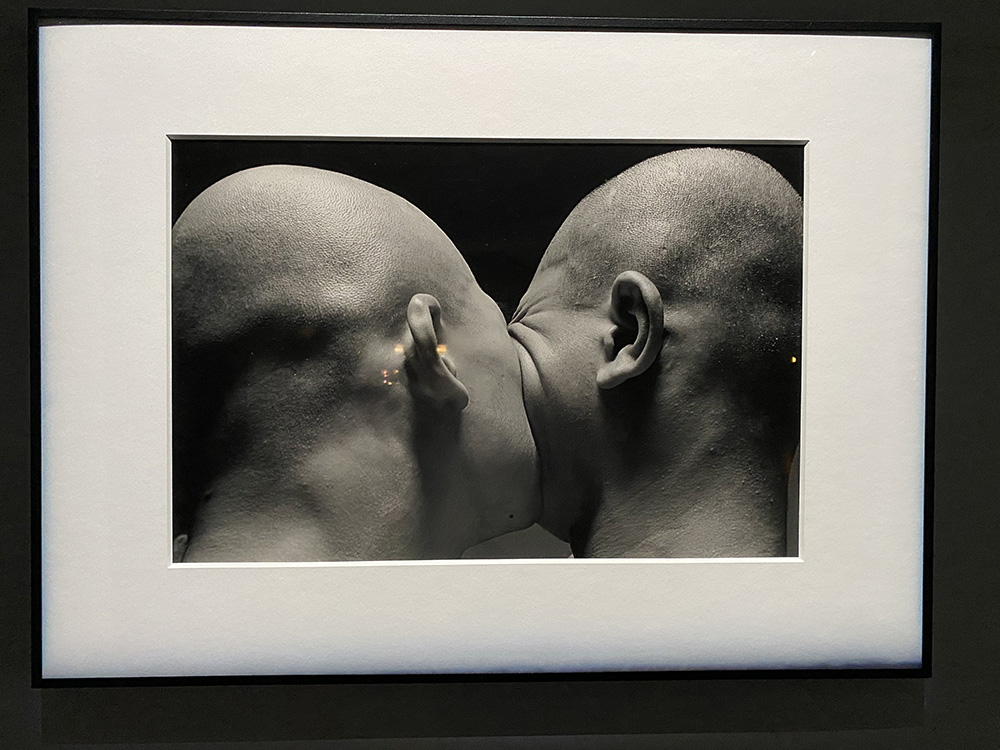 |
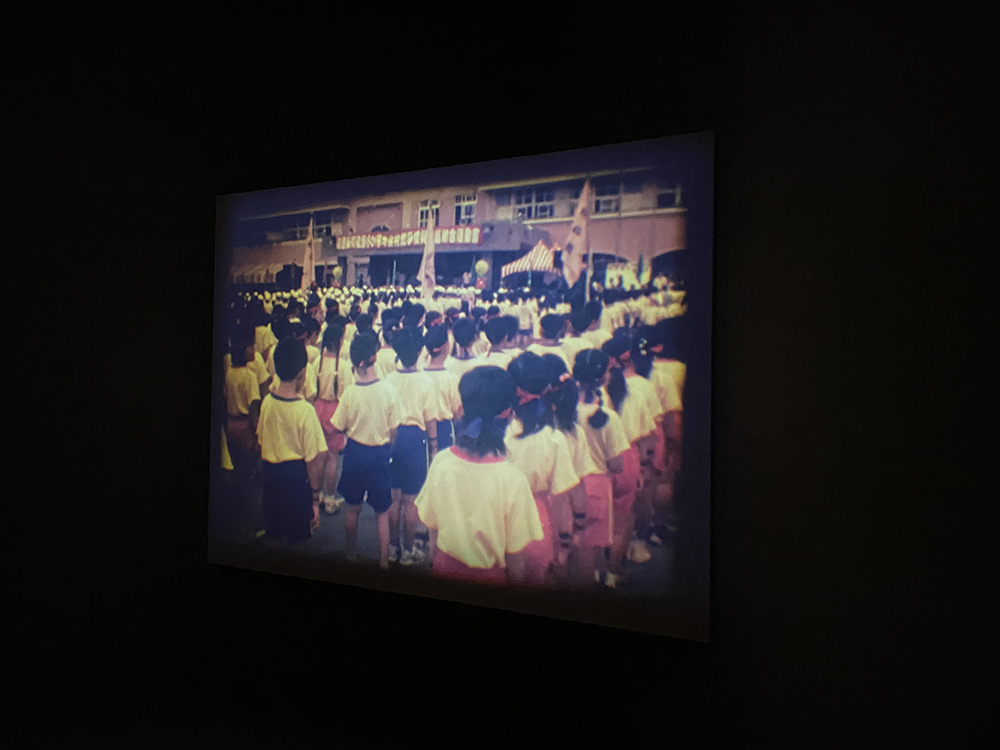 |
 |
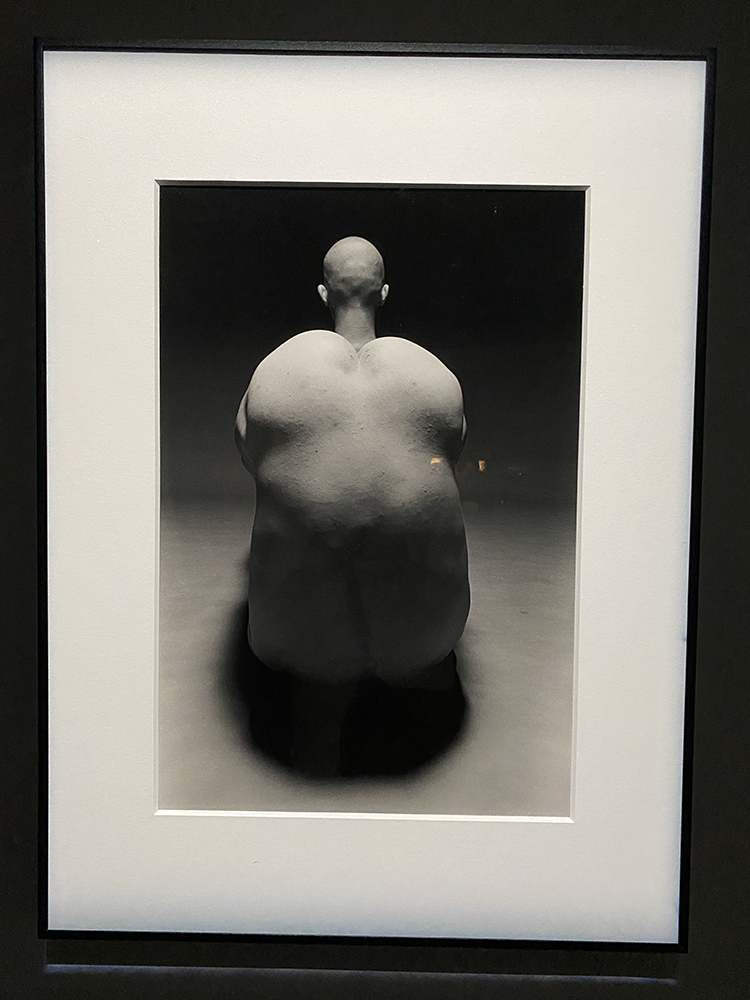 |
 |
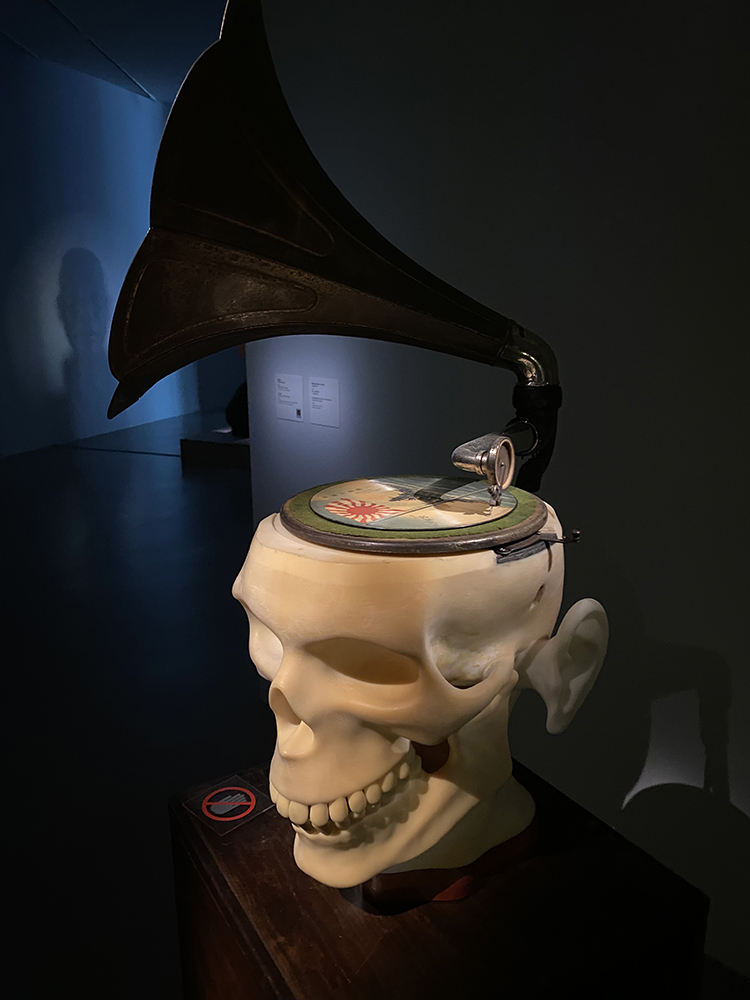 |
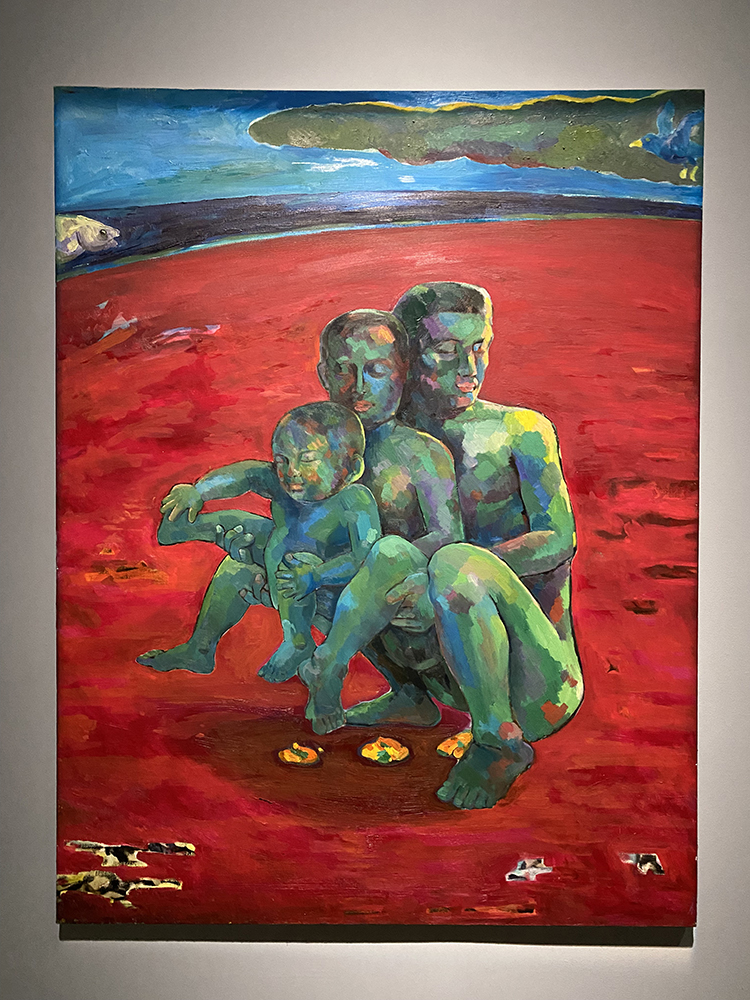 |
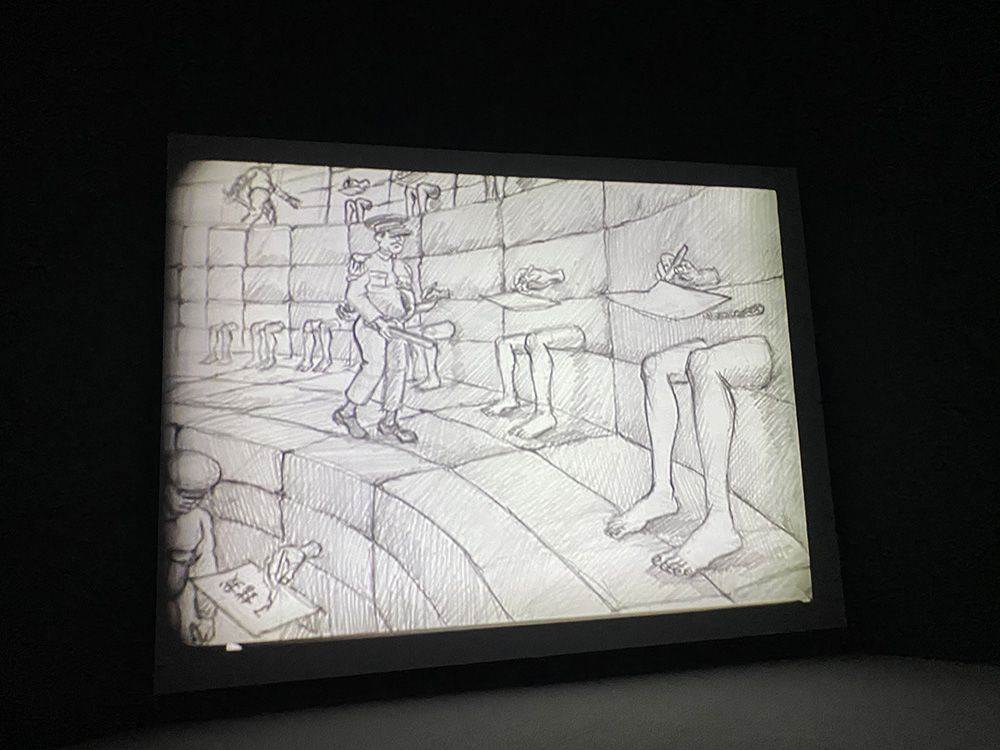 |
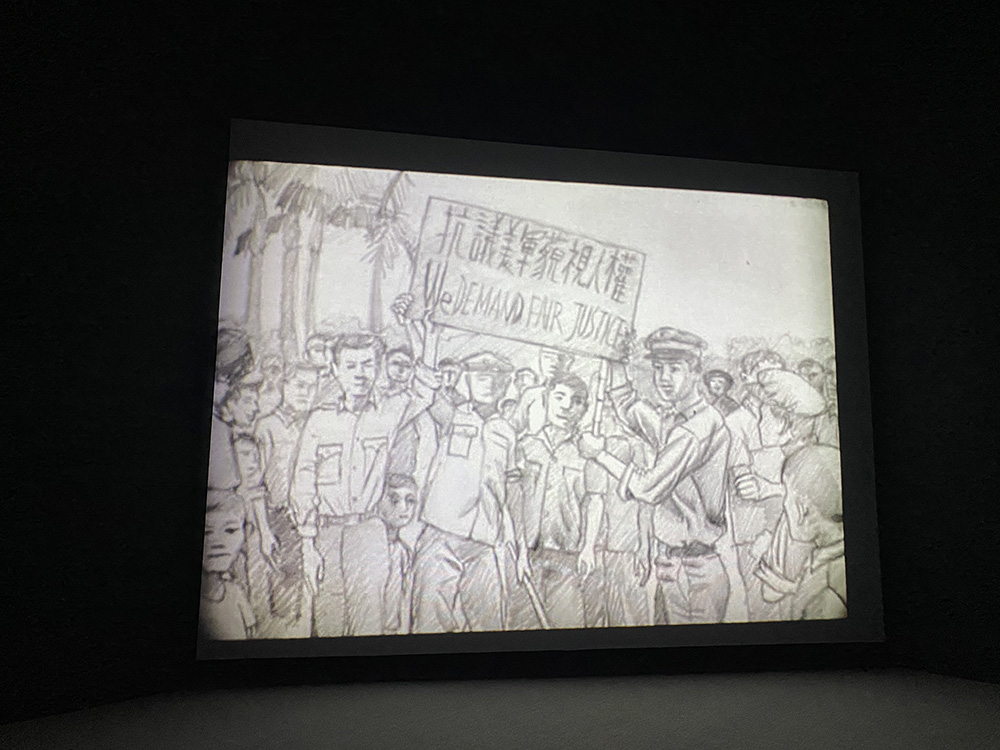 |
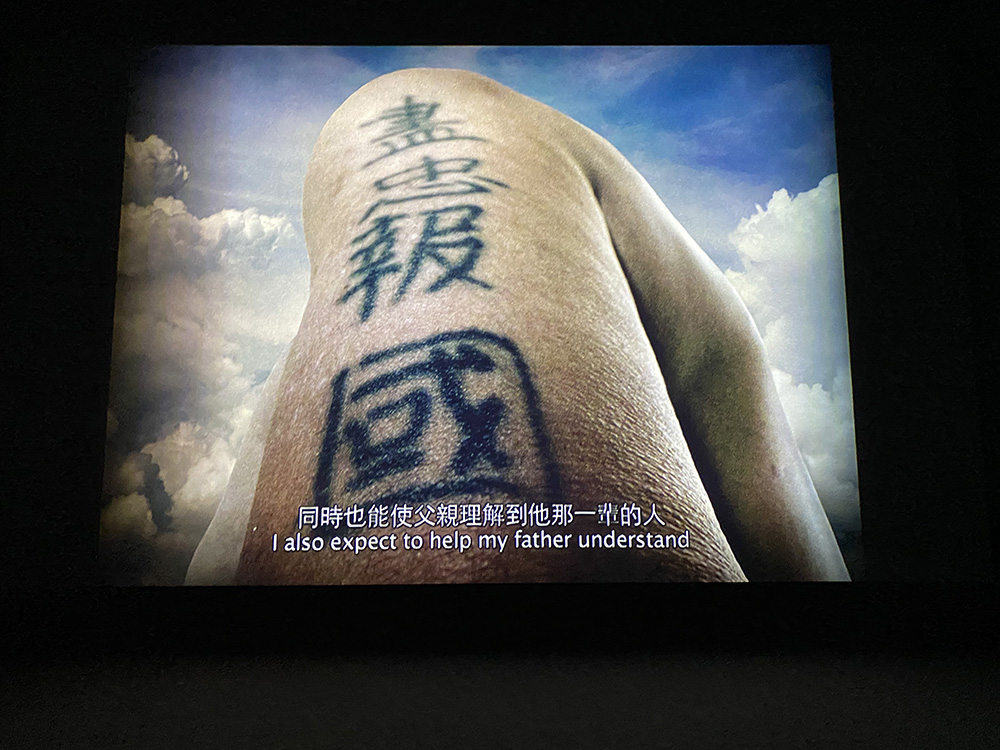 |
Another show on the first floor was video installations by Belgium artist, titled “David Claerbout : Meditation in Peace”.
The artist was born in Kortfijk, Belgium. Claerbout received trainings in painting at first, and is later known for his works mixing photography, video, sound and digital technologies. Through manipulating and experimenting with motion and stillness, time and speed, as well as sound, the artist destabilizes conventional boundaries between visual media, and imbues his video images with multilayered temporalities.
This solo exhibition showcases a selection from his large-scale video works since 1996, which are to be accompanied by a series of sketch drawings, to construct a unique viewing experience in the high-ceiling gallery. Entering in to the large gallery space, I felt the time was frozen and everything was flowing in a slow motion.
 |
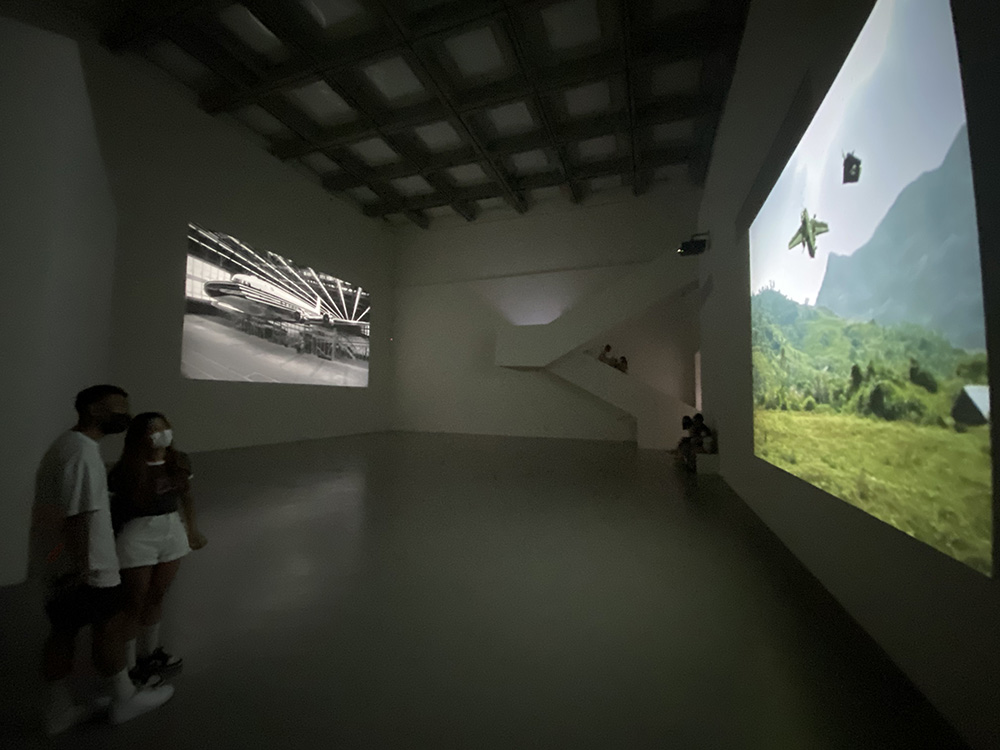 |
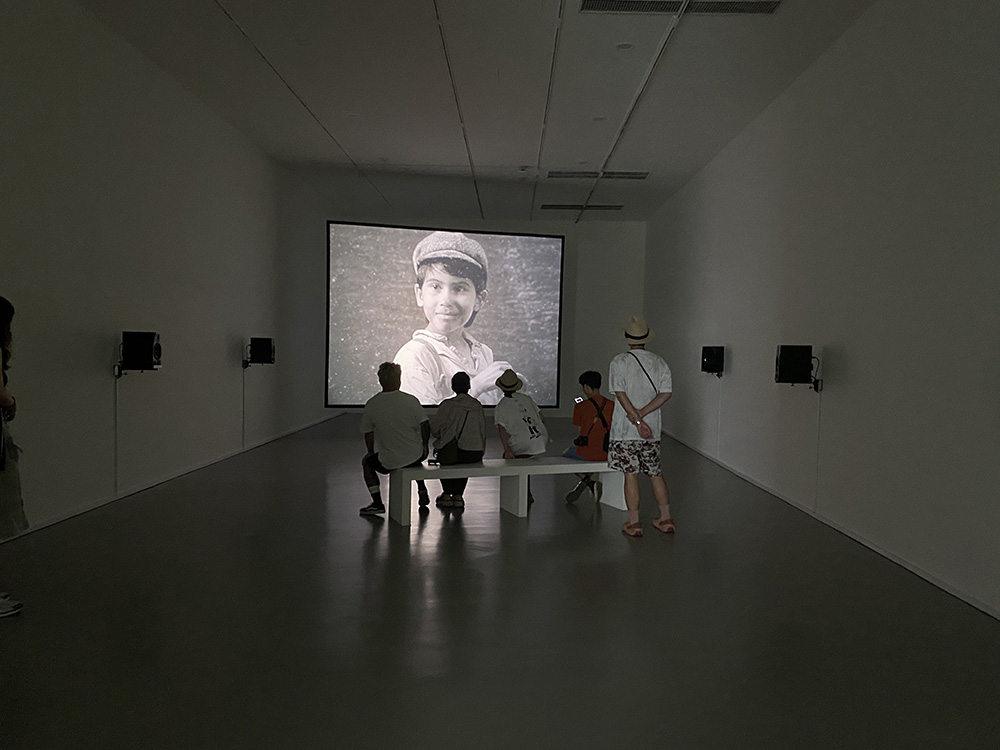 |
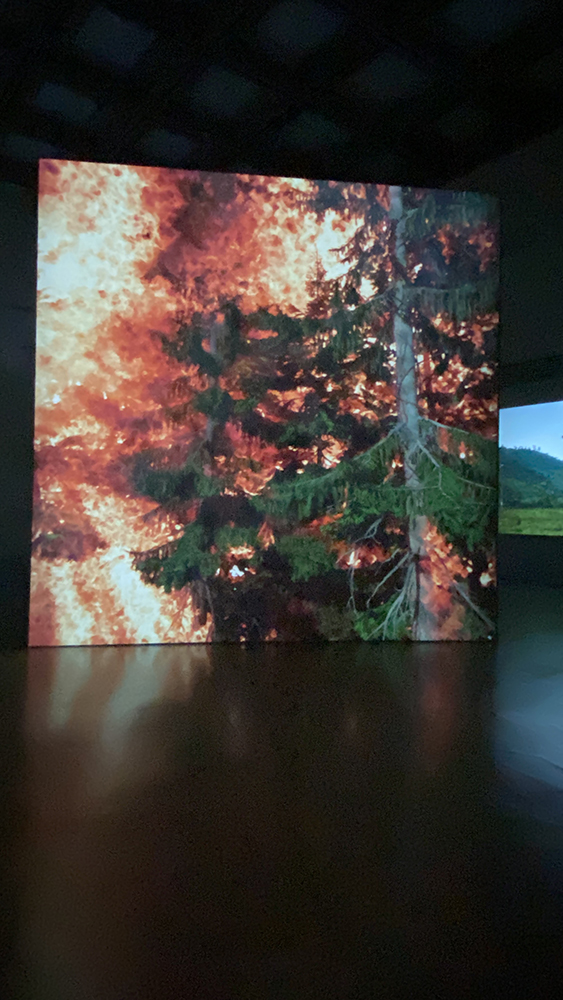 |
The show on second floor, was a show titled “SUPERNATURAL: Sculptural Visions of the Body” by selected international artists dealing with the forms and technologies of the representation of human bodies. The exhibition composed four major themes: “Hybrid Others” , “Postnature” , “Artist 4.0” and “Technological-Human-Metamorphoses” , which explores hybrid lifeforms, genetically modified organisms, future humans and robots, and technology's impact on life, respectively.
The exhibition addresses the future of the human body in an Anthropocene era. Given the technological developments in biogenetics, in the future, humans will be able to make existential modifications to all living things—nature, the animal world and human likenesses. It asked questions like: What will the bodies of the future look like? Who or what will we be? In what type of environment will we live?
The exhibition offered some possible answers through its hyper-realistic and realistic sculptures, that not only exemplify the impact of the digital revolution and genetic engineering on “posthumans” and the environment, but also illustrate the increasingly vague lines between nature, science and culture. Pushing boundaries of sculptures, artists in the show foresee the new design promises in artefact, biology and technology via their own oeuvres.
A stimulating show with an erogenous subject for sure would attract a large crowd of young audience, for which I understand.
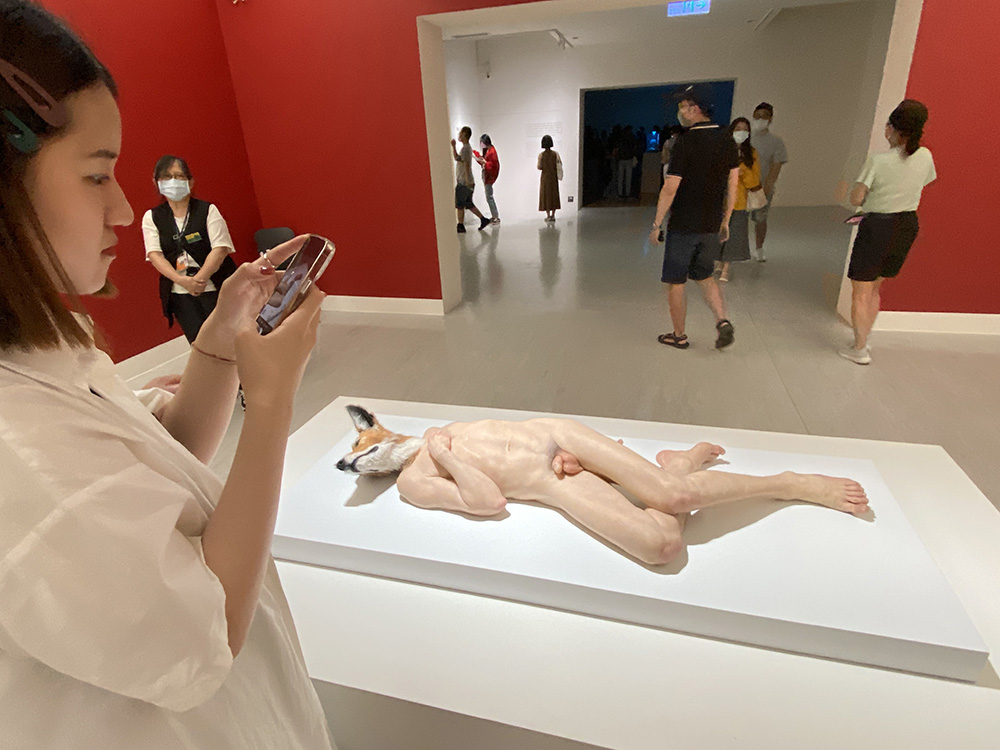 |
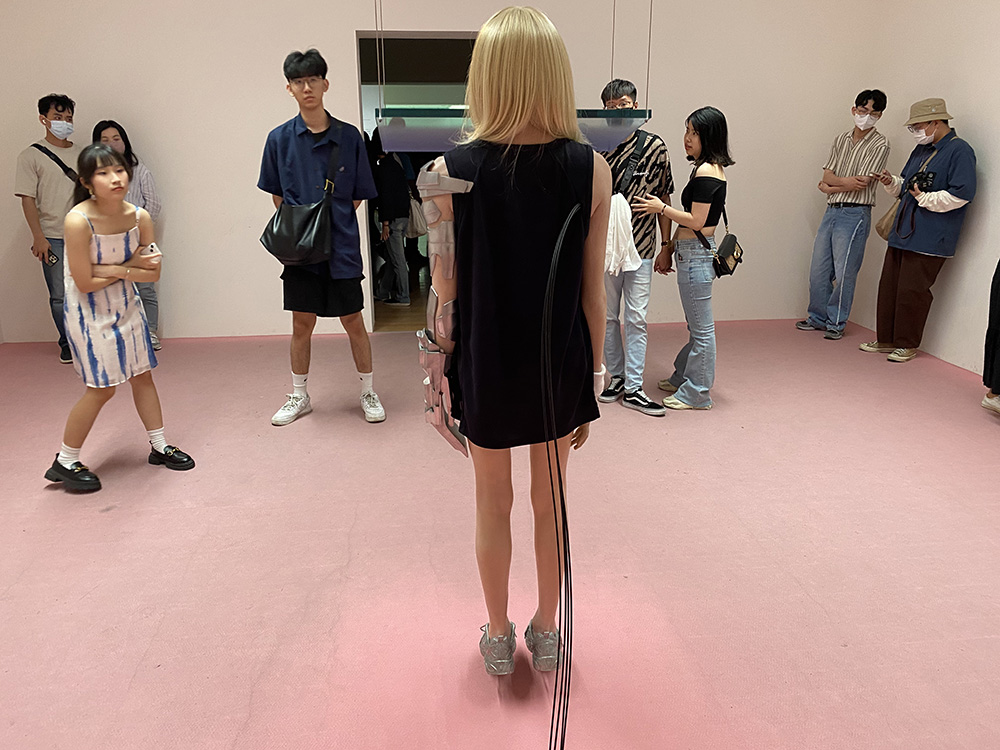 |
 |
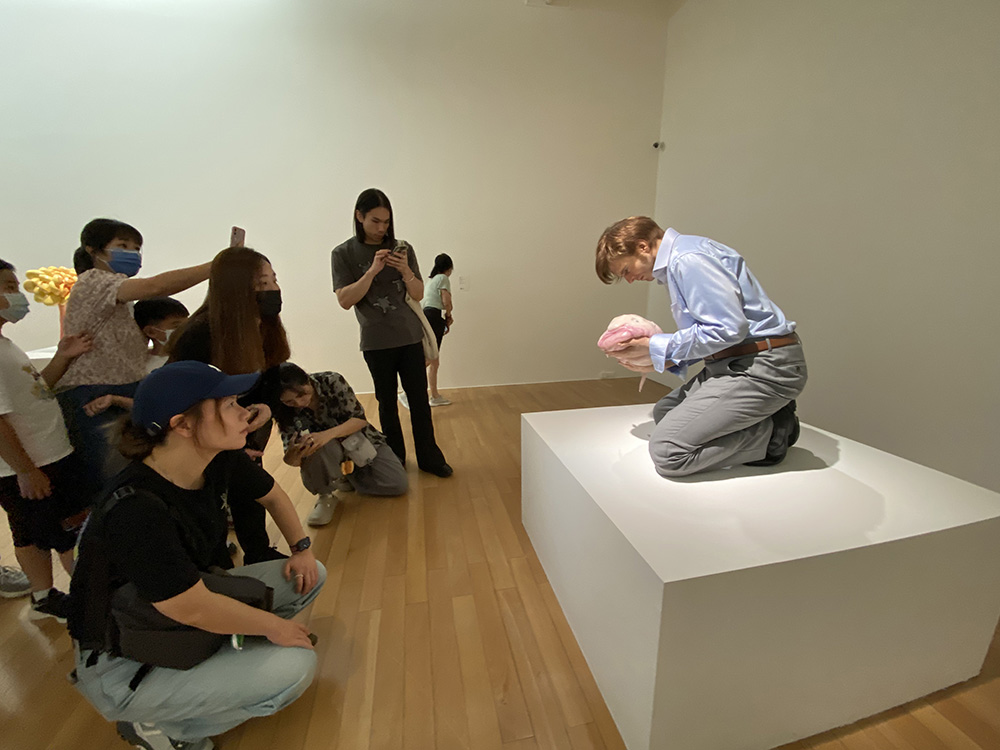 |
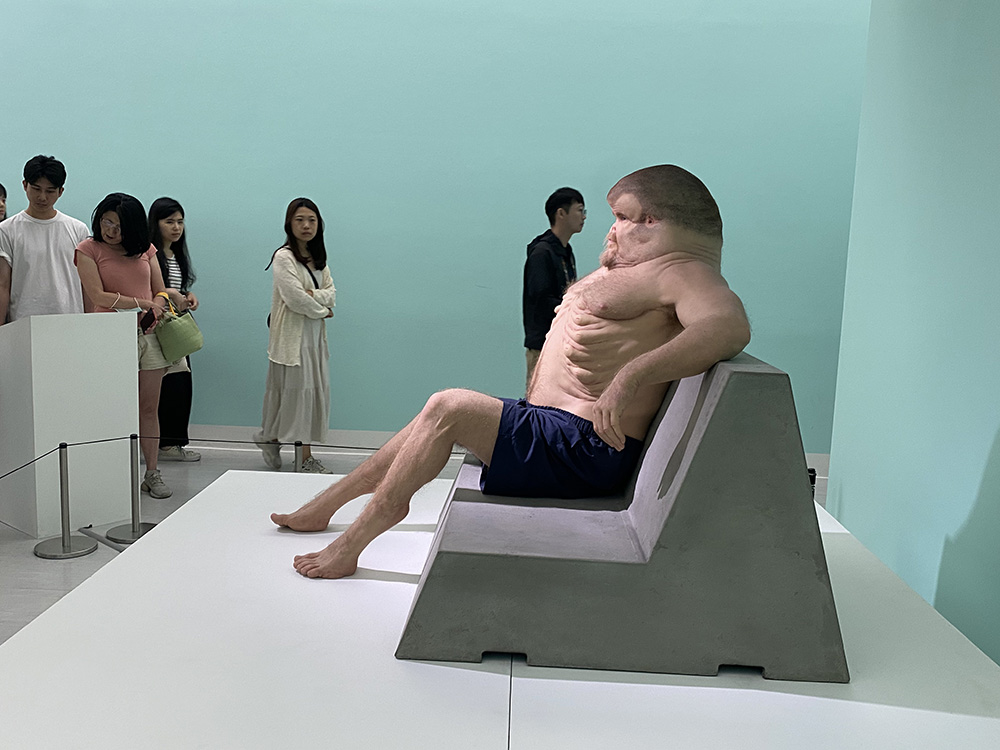 |
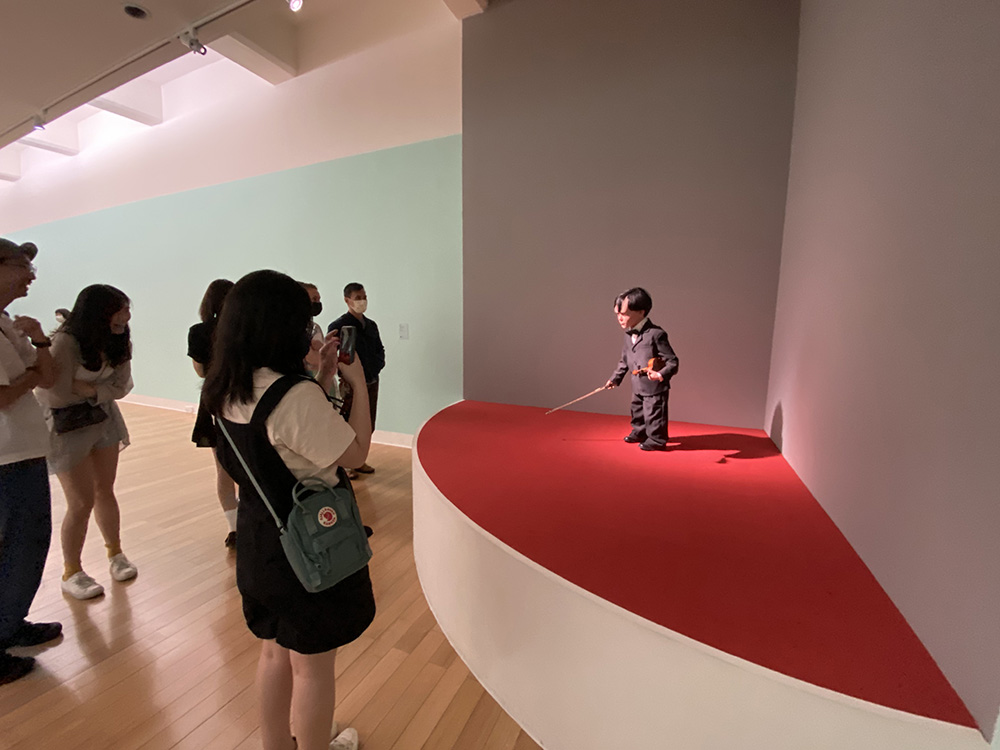 |
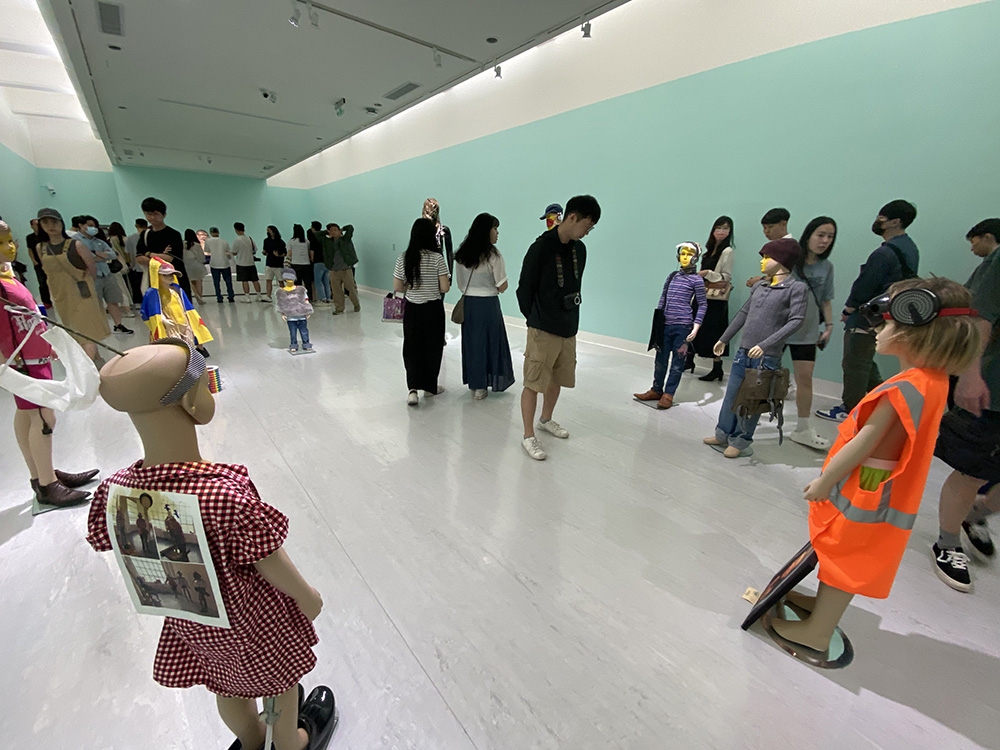 |
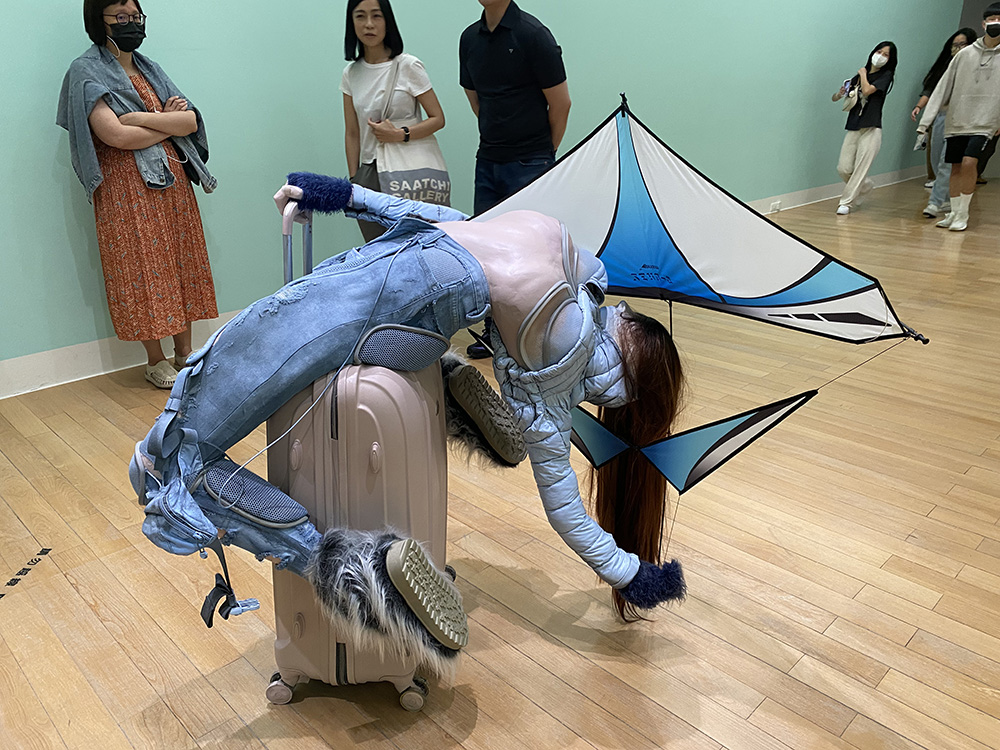 |
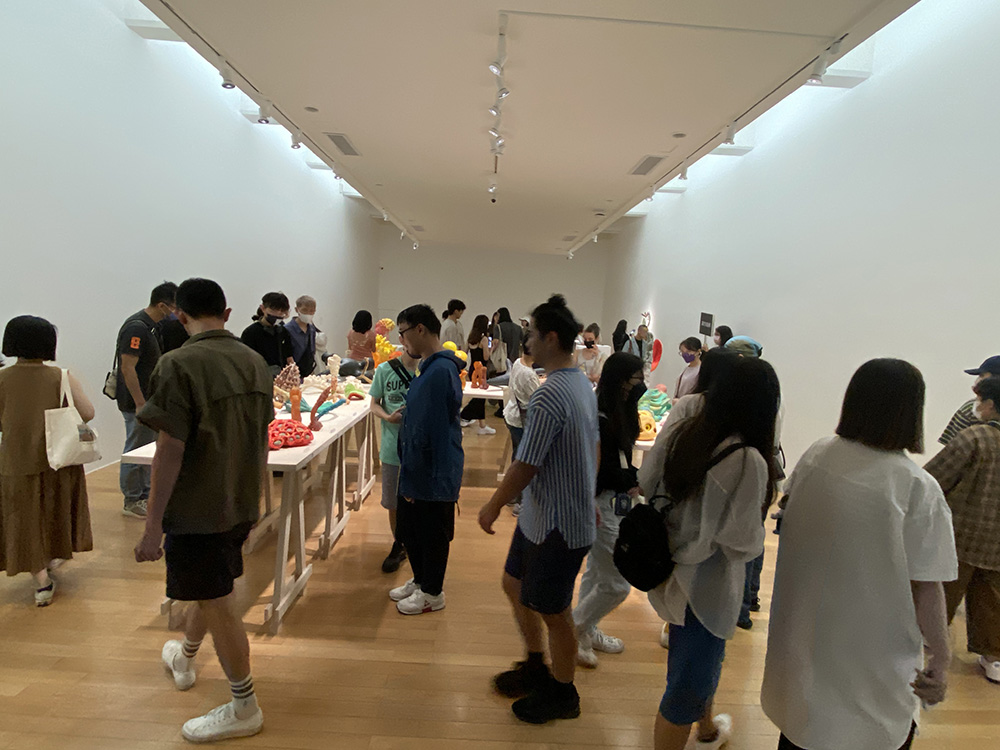 |
 |
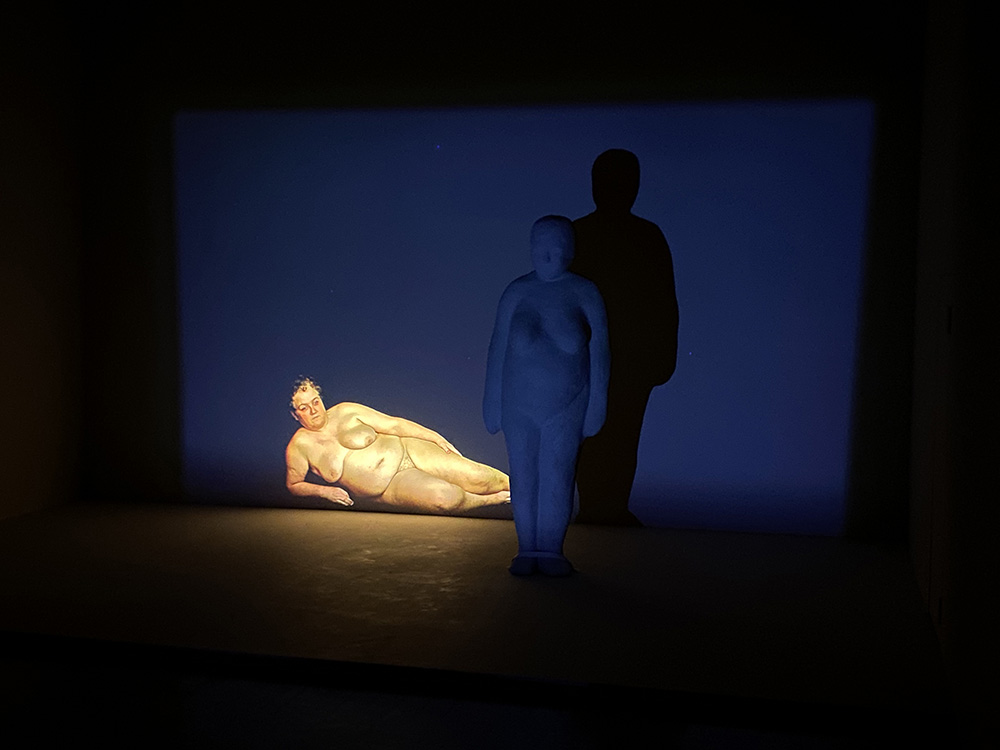 |
|
 |
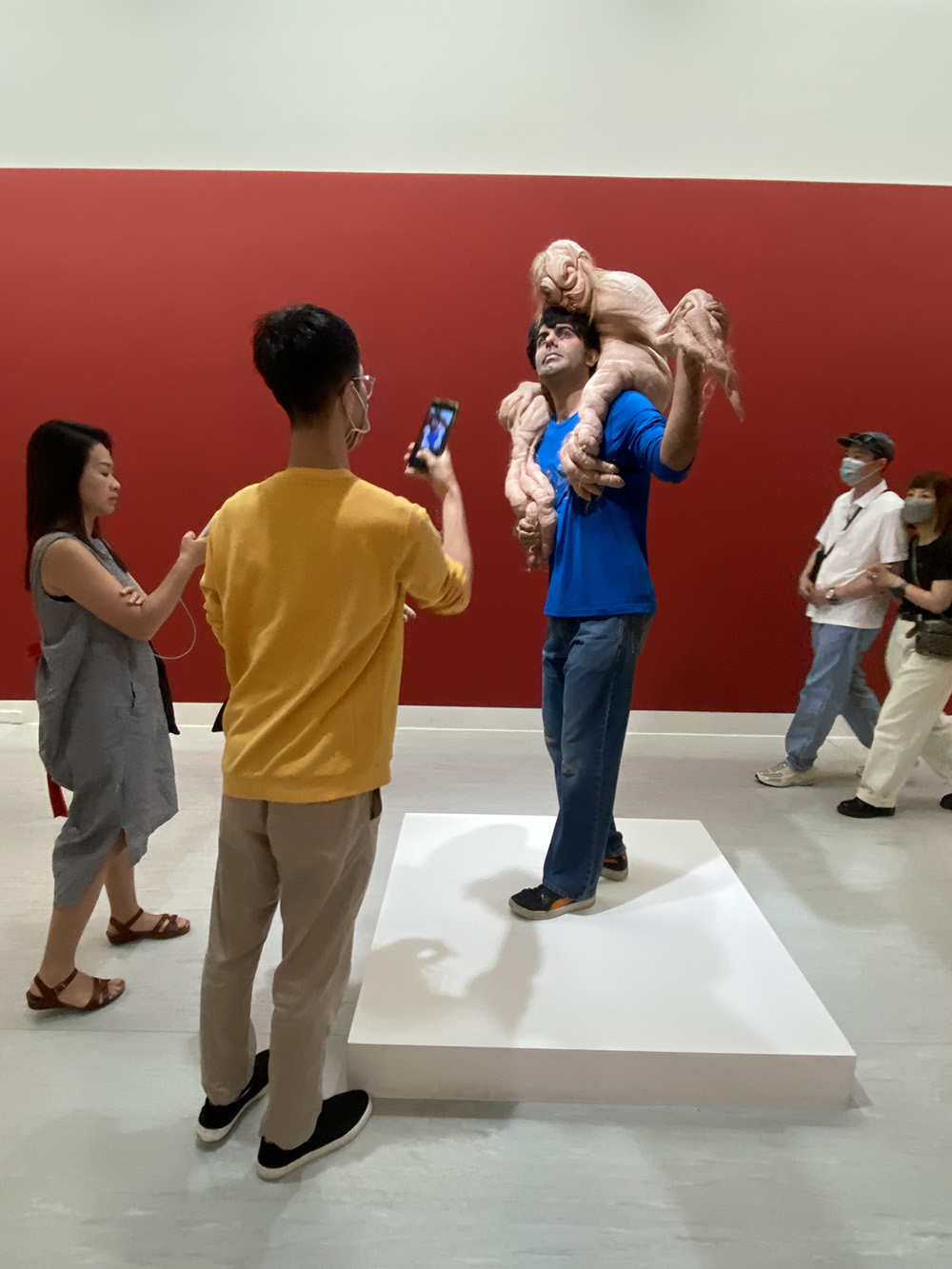 |
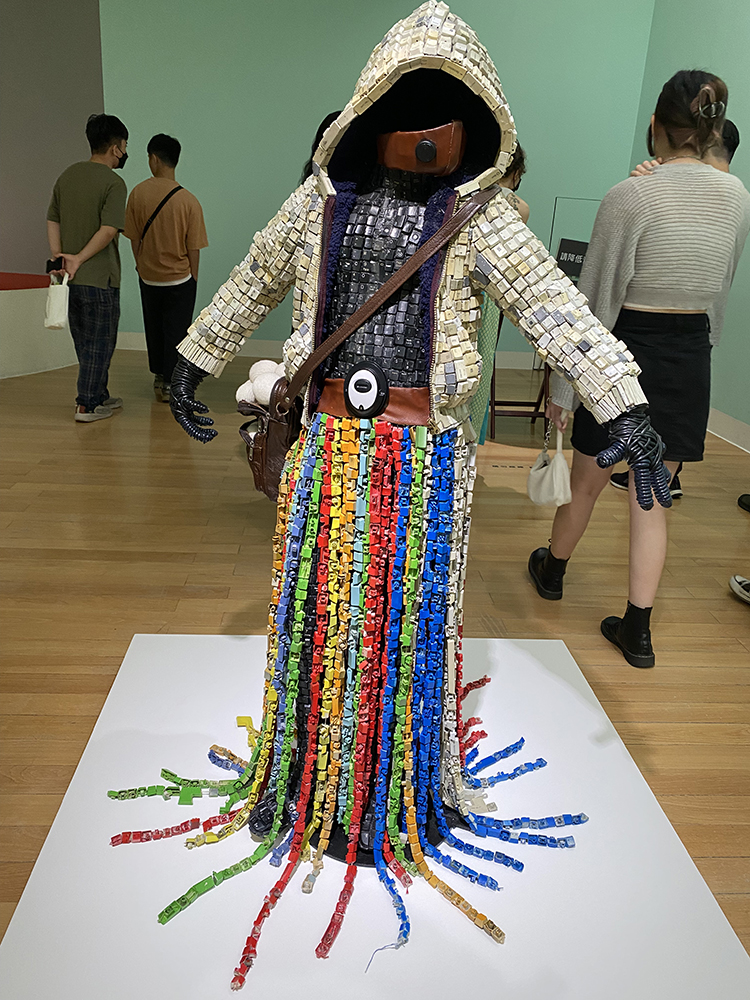 |
On the third floor of the museum, we saw an exhibition “Explosions of Sight” introducing the live of Swiss photojournalist René Burri. It displayed more than 500 works and archives, including the original antique photos, contact sheets, notes, sketches, books and correspondences, etc.
Burri is considered as one of the influential contemporary photojournalists. He had demonstrated a visual “policality” in the major cultural events of the 20th century and left many images of a heart-felt immediacy in black and white for future generations, such as the iconic image of the Cuban revolution leader Che Guevara with a cigar, the commemorative series of portraits photographed in his encounter with Picasso in 1957, and the records of both Brasilia in the early period of construction and Beijing in the 1960s.
As the late photographer’s first retrospective, the exhibition aimed to present not only many of his classic works, but a fruitful result of meticulous and in-depth research on diverse unpublished archives from Photo Elysée in Lausanne, Foundation René Burri and Magnum Photos in Paris and in New York.
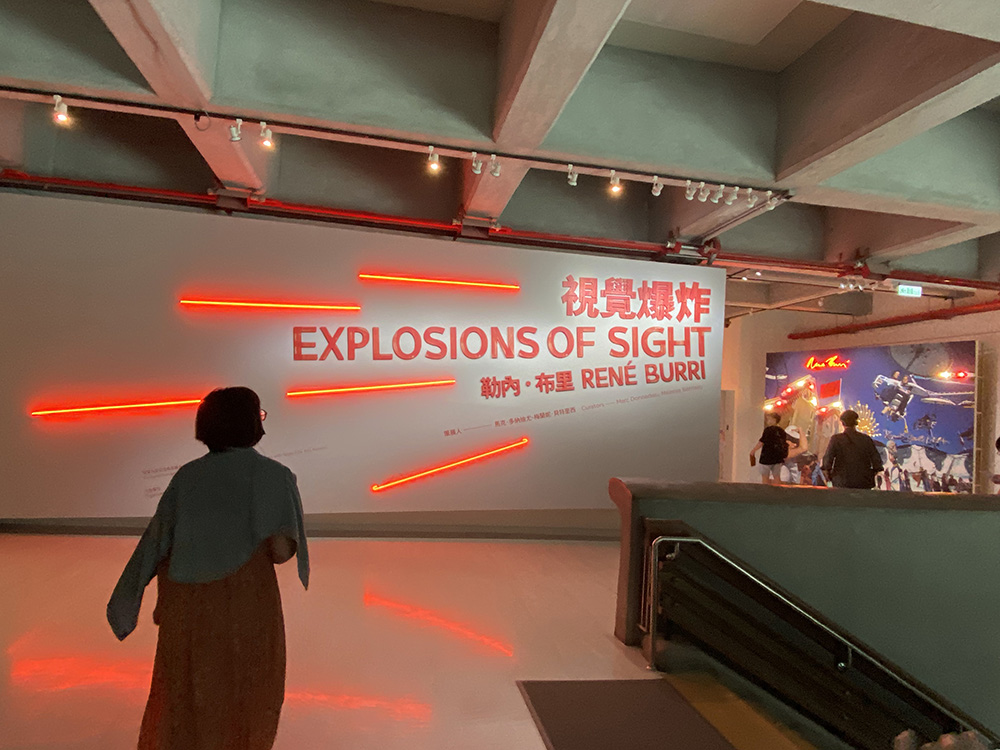 |
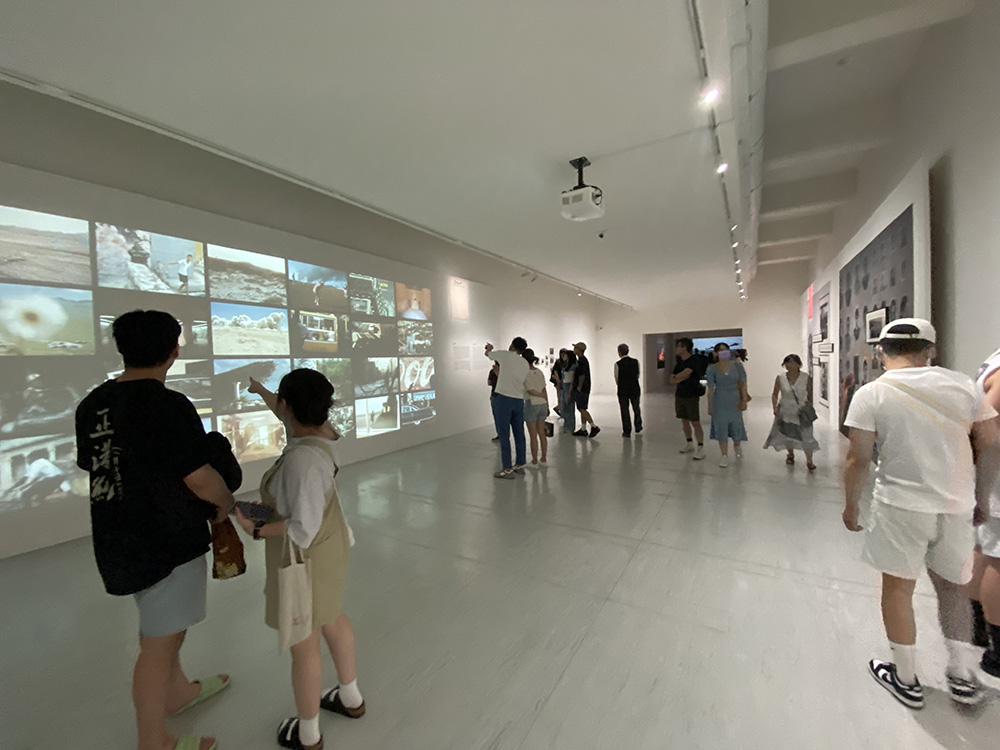 |
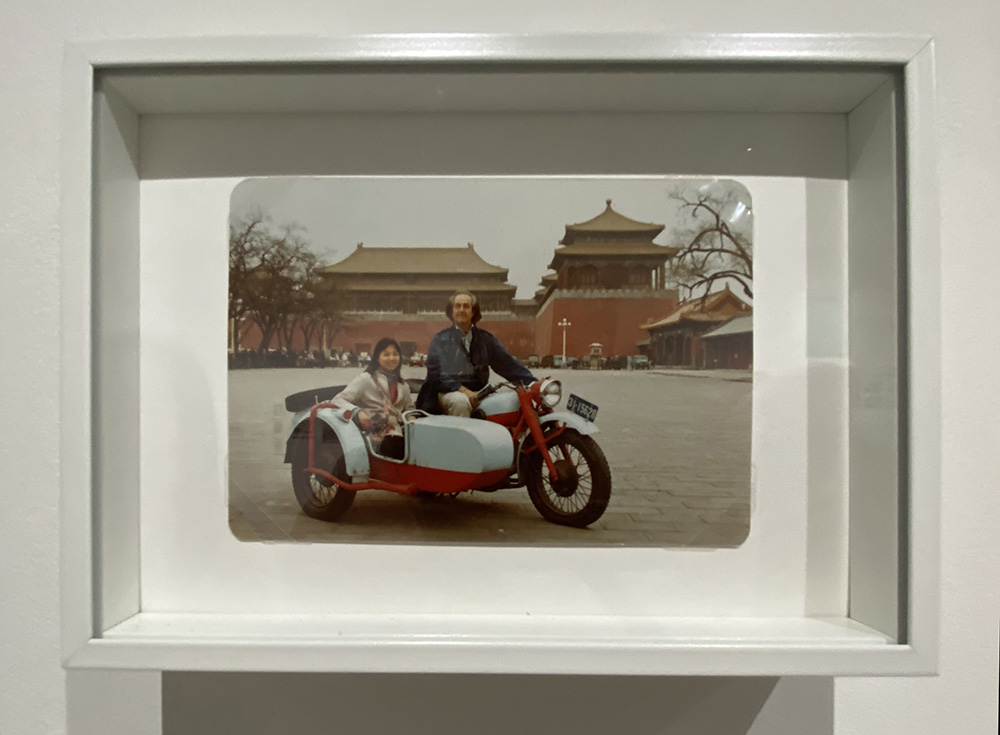 |
 |

Standing atop the Chiang Kai-shek’s Memorial Hall, now Taipei’s cultural center, I saw a crowd of children, young and old couples, and families waiting for the sunset ritual of flag lowing ceremony, in peace and complaisance. Against the hazy rays scintillating from the ruddy dusk, my vision blurred at the politics belonged to the generation of our departed fathers and grandfathers. As a bystander observing the history of triumphs and failures, aches of love and loath, rifts between families and brotherhood, I saw people came and gone on this land, and no one won.
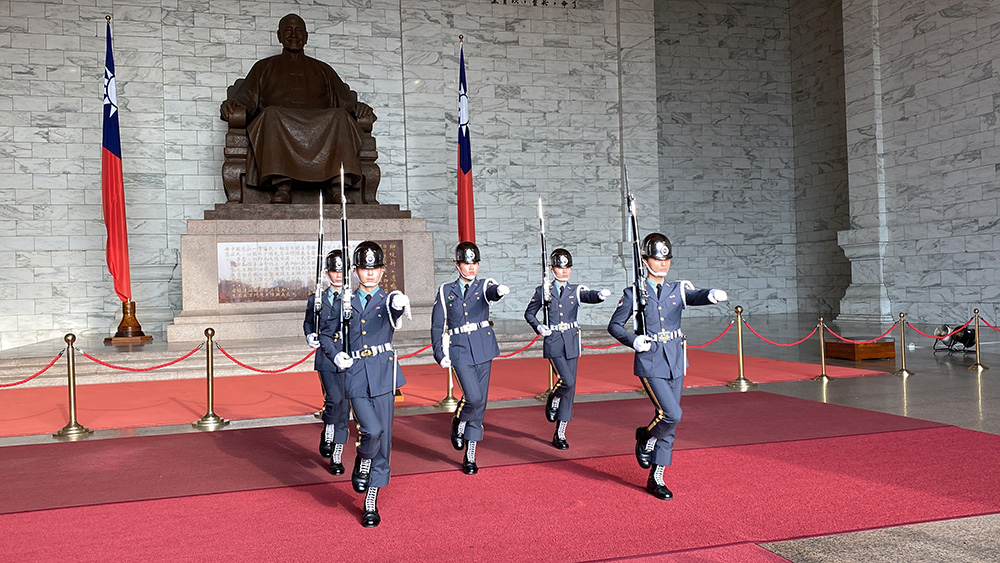 |
 |
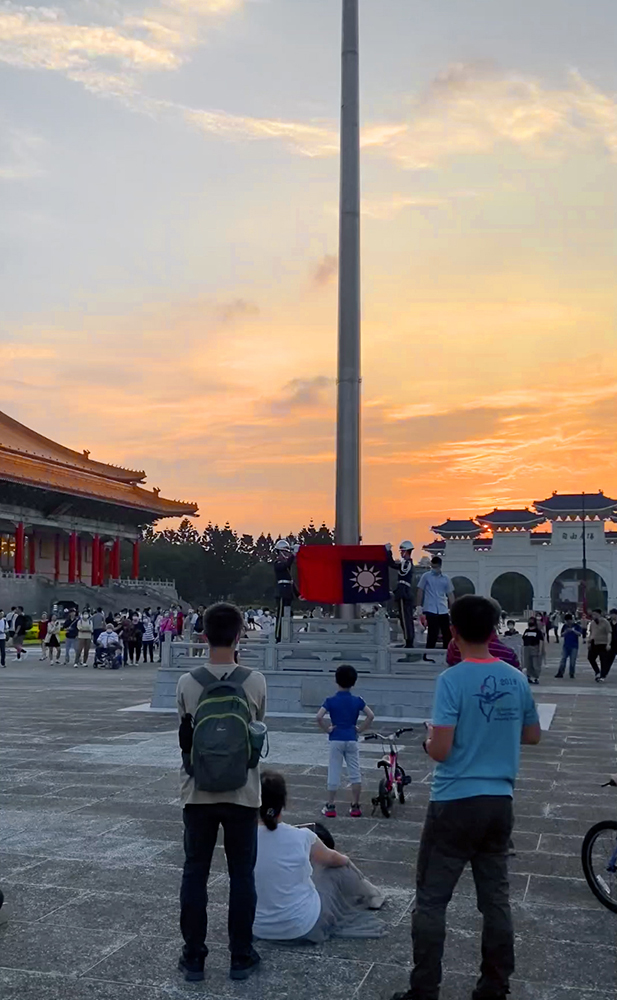
I prayed for them, as well as for us…
Kirk Wang
August 2003 in Tampa, FL